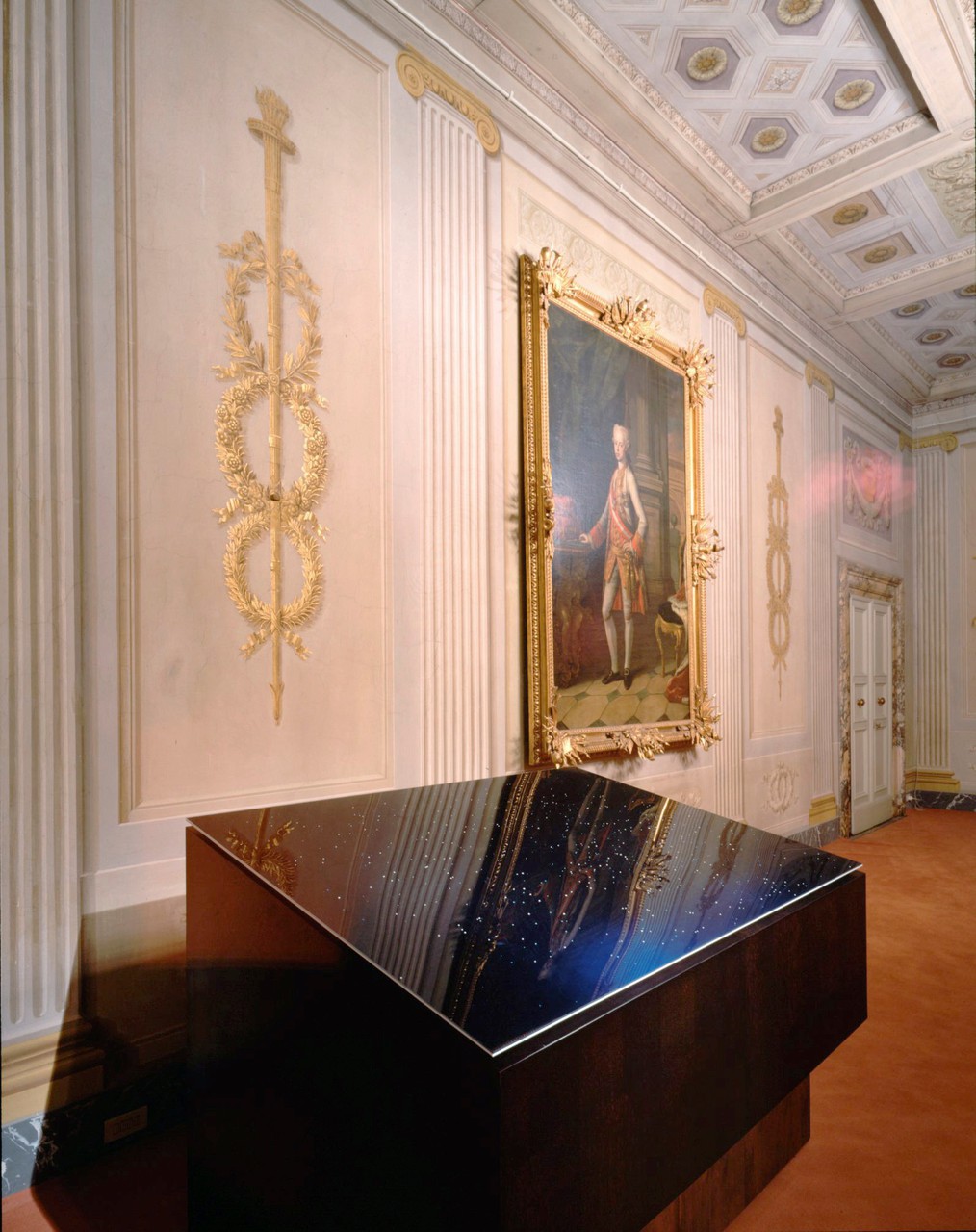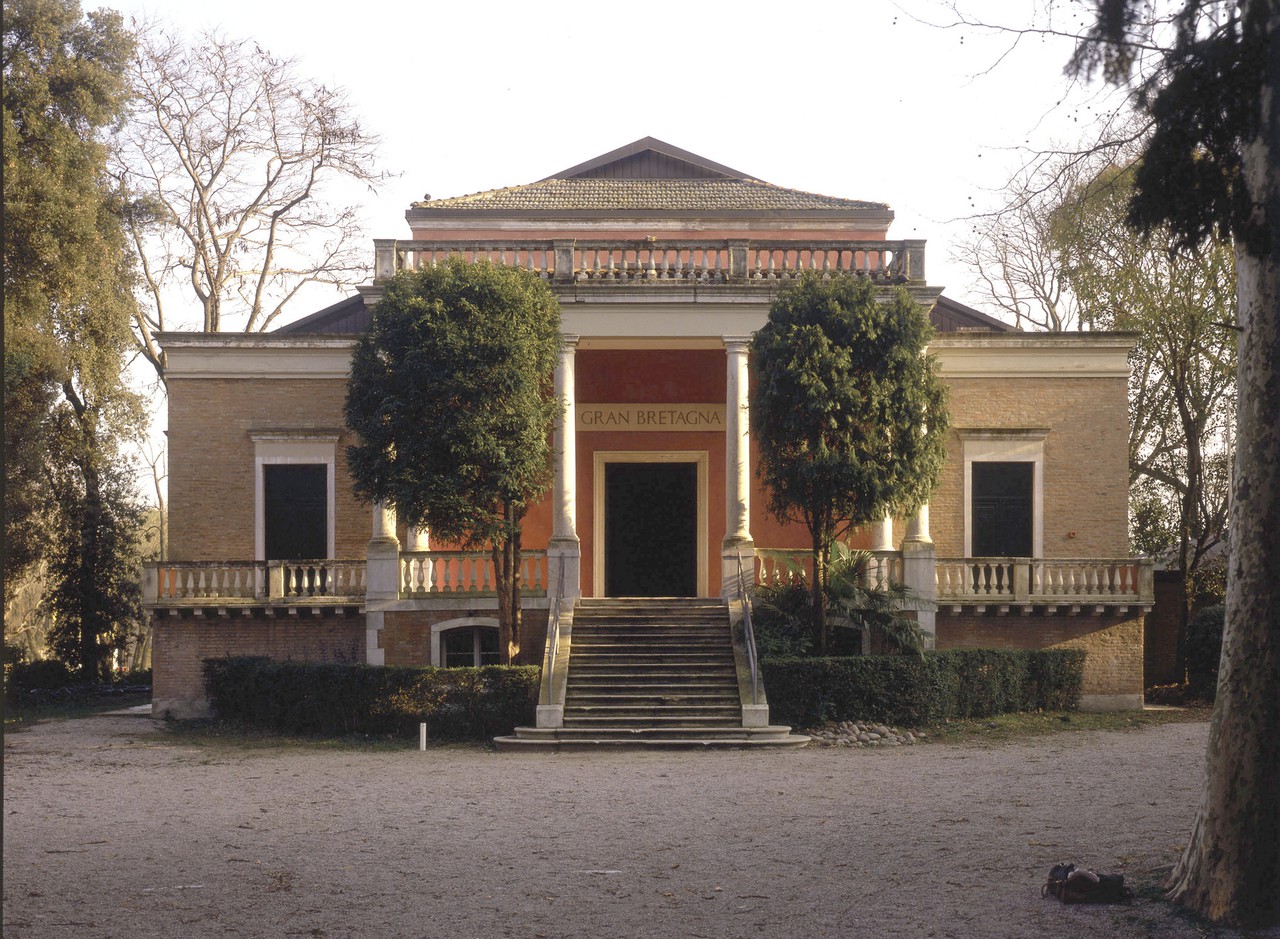Island, British Pavilion, Venice Biennale
In collaboration with Marcus Taylor Venice, Italy 2018
Client: The British Council
The biennial commission to curate the British Pavilion at the Venice Architecture Biennale is awarded by the British Council. In 2018, the pavilion was curated by Caruso St John Architects together with the artist Marcus Taylor. The concept of the pavilion was a response to the Biennale curator’s theme of “Freespace”, and to the important questions and political context of the time.
The design involved constructing a builder’s scaffold around the pavilion and making a new public space on the roof, accessed by a large external stair and lift. At the roof space, just the tip of the pavilion’s roof was visible, suggesting a sunken world beneath. The pavilion itself was completely empty and apparently abandoned. The two spaces, on the roof and in the pavilion, hosted a programme of events including poetry, drama, music, performance, film, and architectural debates. All the other participating countries were invited to hold events at the British Pavilion. The following is an excerpt from the statement written by the curatorial team:
“There are many ways to interpret the experience of visiting the 2018 British Pavilion. An island can be a place of both refuge and exile. The state of the building – completely covered with scaffolding to support the new platform above – embraces many themes: climate change, abandonment, colonialism, Brexit, isolation, reconstruction and sanctuary. A simple interpretation would be to see the layout as demarcating an ‘above’ and a ‘below’, heaven and hell, the future and past. This was not the intention; at times the situation could be the reverse, with the abandoned pavilion becoming a sanctuary during oppressive heat or a storm. In the empty pavilion, the whole history of the place can be told. The galleries are resonant with the marks, stories and ideas of the exhibitors and audiences who have passed through at previous Biennales. The building itself – opened in 1897 as a tea house within the Giardini and adapted for use as the British Pavilion at the 1909 Biennale – represents a moment in time when the world was divided along colonial lines. It has stood through two world wars, fascism, the formation of the European Community, the fall of communism and, now, major concerns of climate change and the rise of sea levels – with Venice being a city more vulnerable than most. These are challenges for all of us; the way we build, design cities, consume and live our lives.”

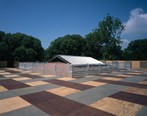
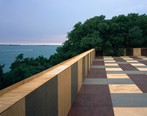
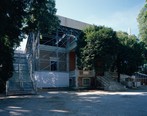


Drawings

Rooftop plan
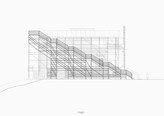
East elevation
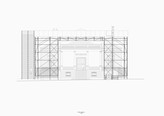
North elevation
Aerial photographs
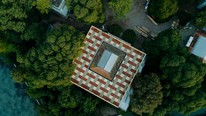
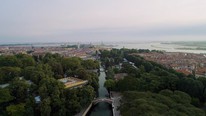
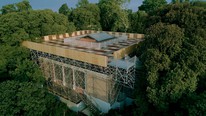
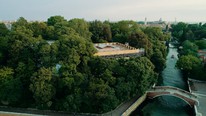
Publication
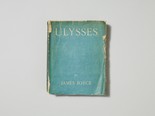


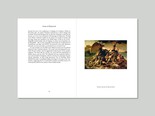


References

Holy Rosary Church at Shettiballi, Karnataka, India

Henri Savigny and Alexandre Corréard, Plan of the Construction of the Raft

Johann Heinrich Ramberg, The Tempest, Act II, Scene 2, Caliban, Stephano and Trinculo dance on the seashore

Island, British Pavilion

Theodore Géricault, The Raft of the Medusa
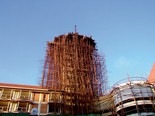
Building under wooden scaffolding, Kampala. Uganda
Related news
Exhibition
Island
British Pavilion, 16th International Architecture Exhibition – La Biennale di Venezia, Italy
26 May - 25 November 2018
Caruso St John and Marcus Taylor present Island, the British Pavilion at the 16th International Architecture Exhibition – La Biennale di Venezia.
Exhibition
Island
British Pavilion, 16th International Architecture Exhibition – La Biennale di Venezia, Italy
Caruso St John Architects and artist Marcus Taylor will represent the UK at the 16th International Architecture Exhibition of la Biennale di Venezia, the British Council announced today. The project, entitled ‘Island’, engages with current political themes and responds to the theme of Freespace, set by Biennale curators Yvonne Farrell and Shelley McNamara of Grafton Architects.
Credits
Location
Venice, Italy
Date
2018
Client
The British Council
Caruso St John Architects
Adam Caruso, Peter St John
Project architect
Elena Balzarini
Project team
Thomas Back, Simon Davison, Georgi Georgiev
Collaborating architect
Marcus Taylor
Structural engineer
Zero4uno ingegneria s.r.l
Services engineer
Max Fordham LLP
Cost consultant
Turner & Townsend
Planning consultant
M+B studio s.r.l
Main contractor
Metalmontaggi s.r.l
Scaffolding
Altrad Generation, Altrad DESSA
Photography
Hélène Binet, British Council / Cultureshock Media, Christiano Corte
Related projects
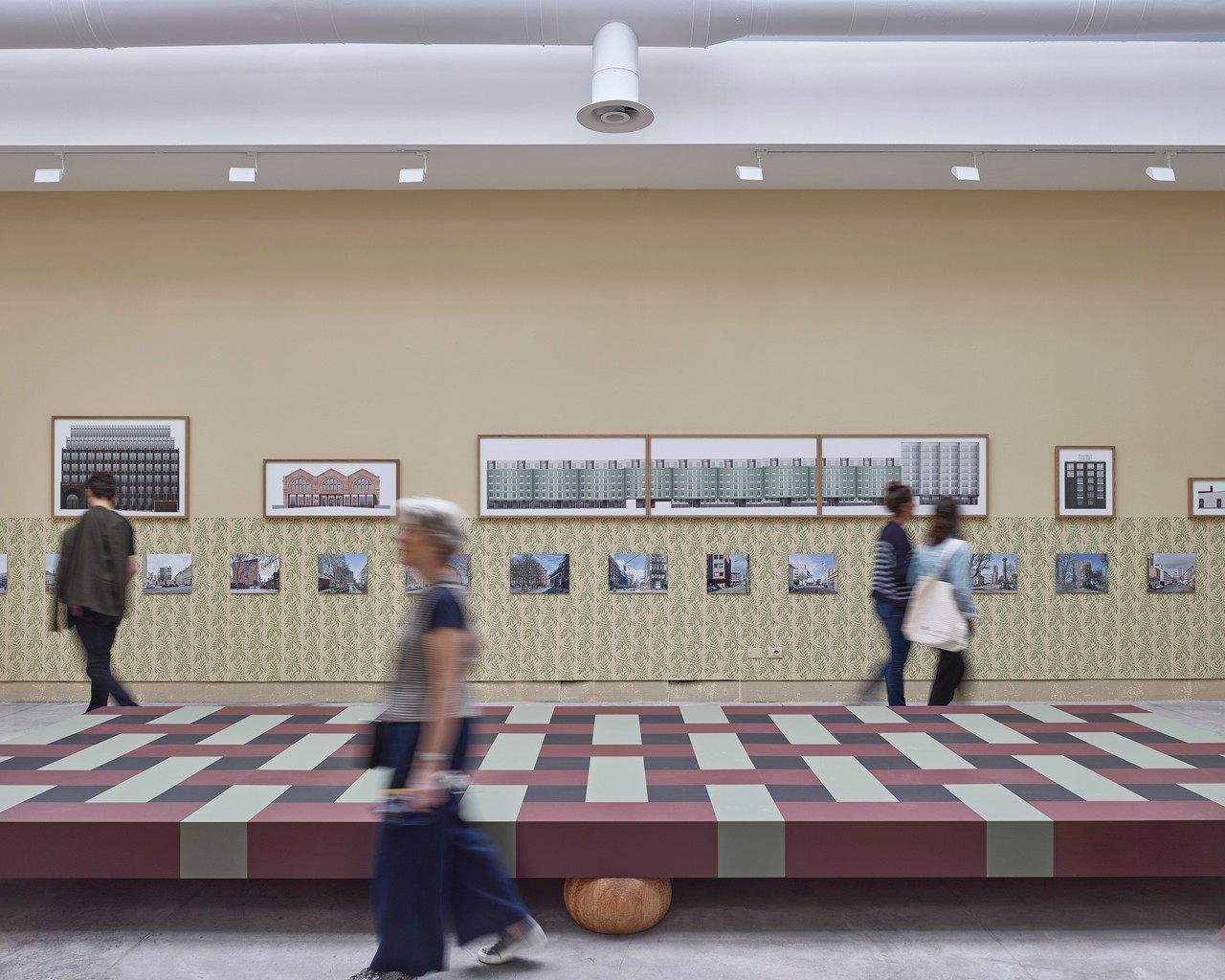
The Façade is the Window into the Soul of Architecture
Central Pavilion, Venice Biennale
Venice, Italy
2018
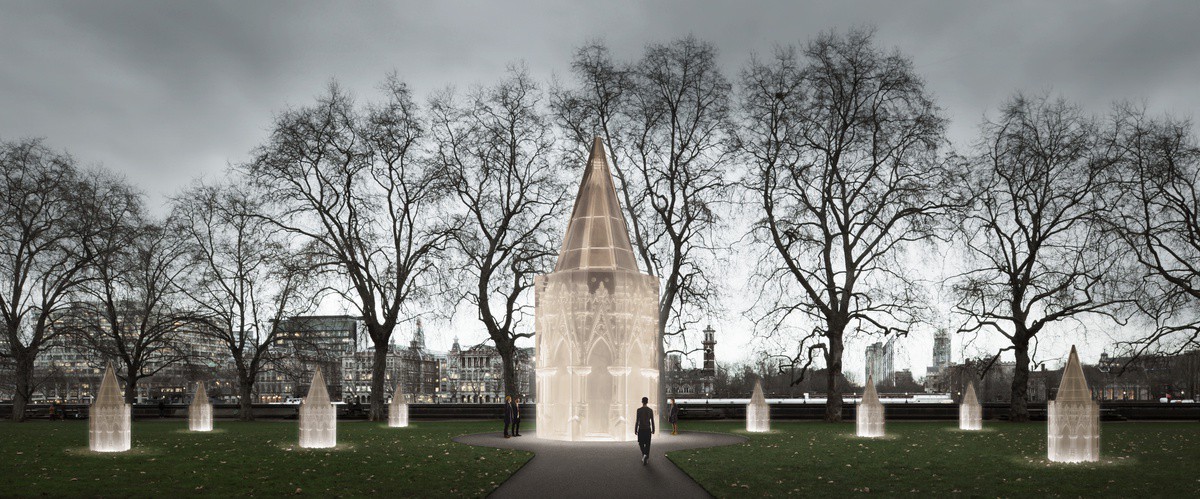
United Kingdom Holocaust Memorial
In collaboration with Marcus Taylor and Rachel Whiteread
London, United Kingdom
2016–2017
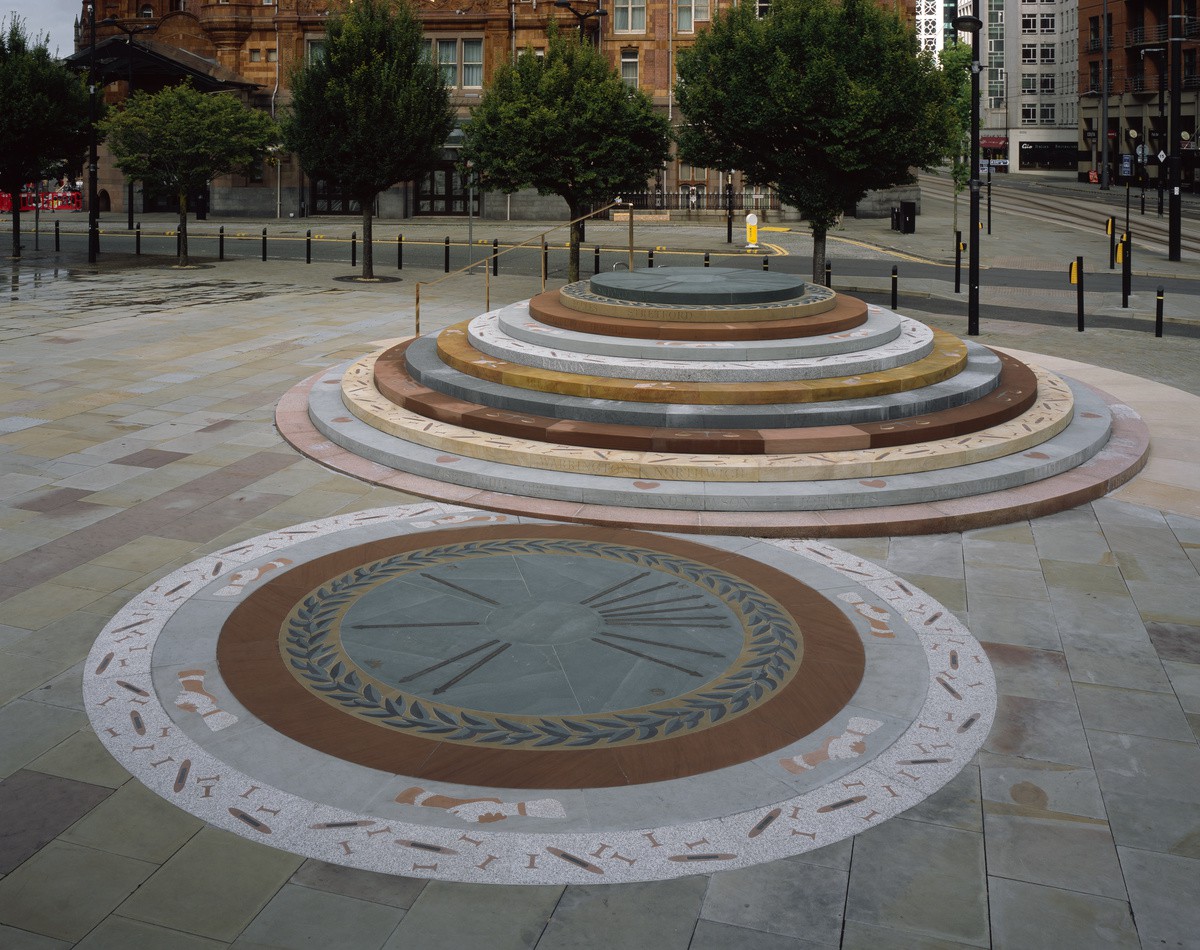
Peterloo Memorial
In collaboration with Jeremy Deller
Manchester, United Kingdom
2018–2019
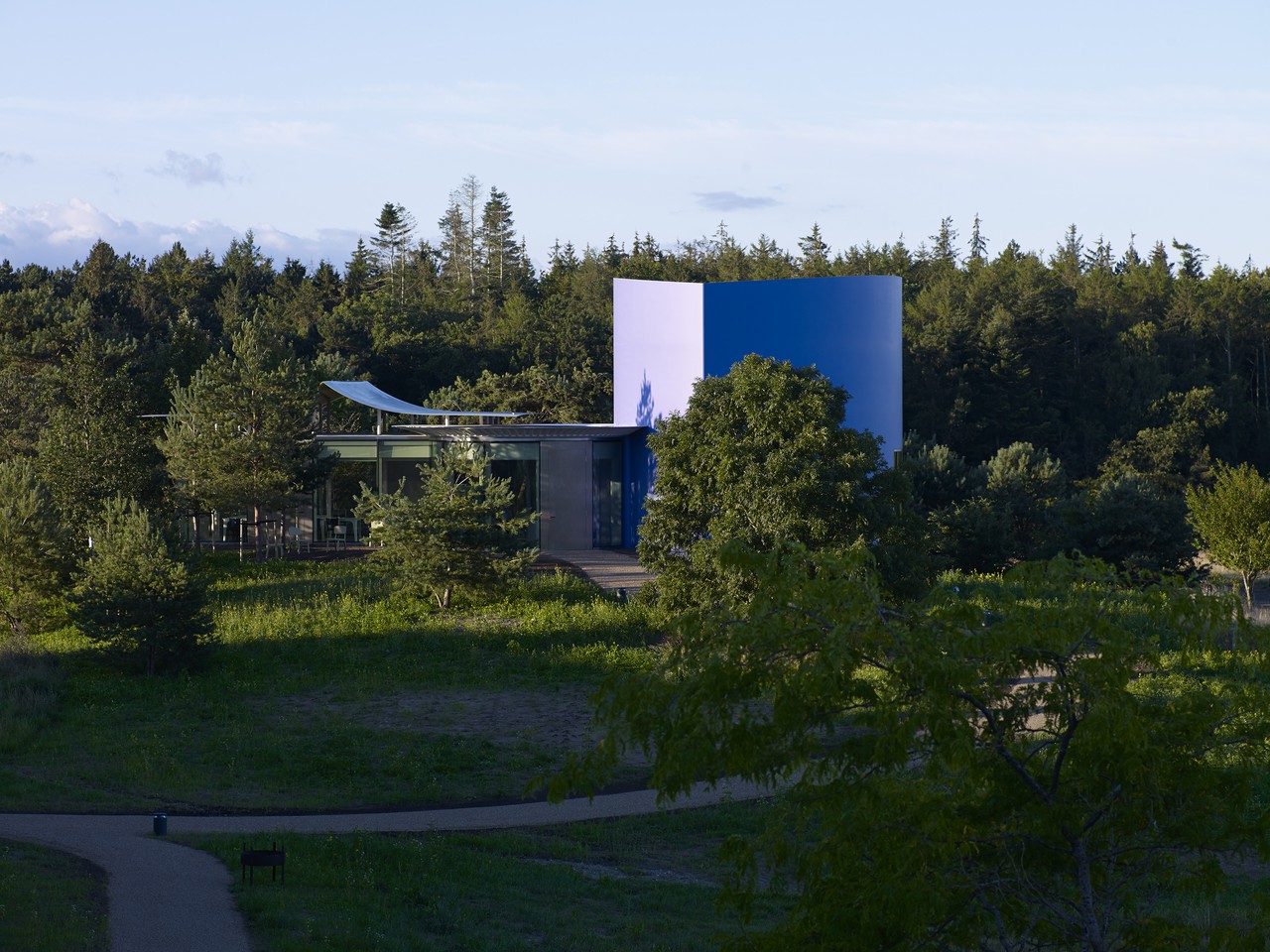
The Triple Folly
In collaboration with Thomas Demand
Ebeltoft, Denmark
2017–2022
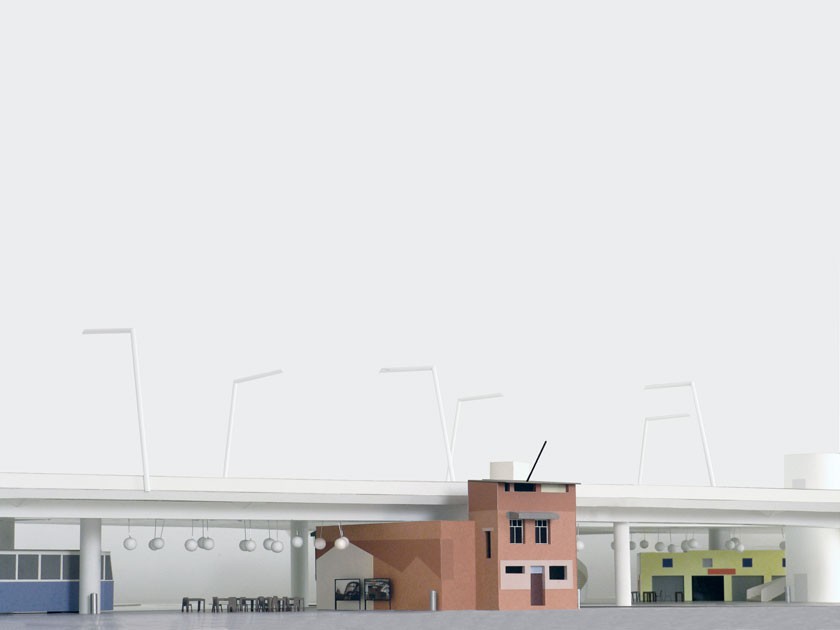
Nagelhaus
In collaboration with Thomas Demand
Zurich, Switzerland
2007–2010
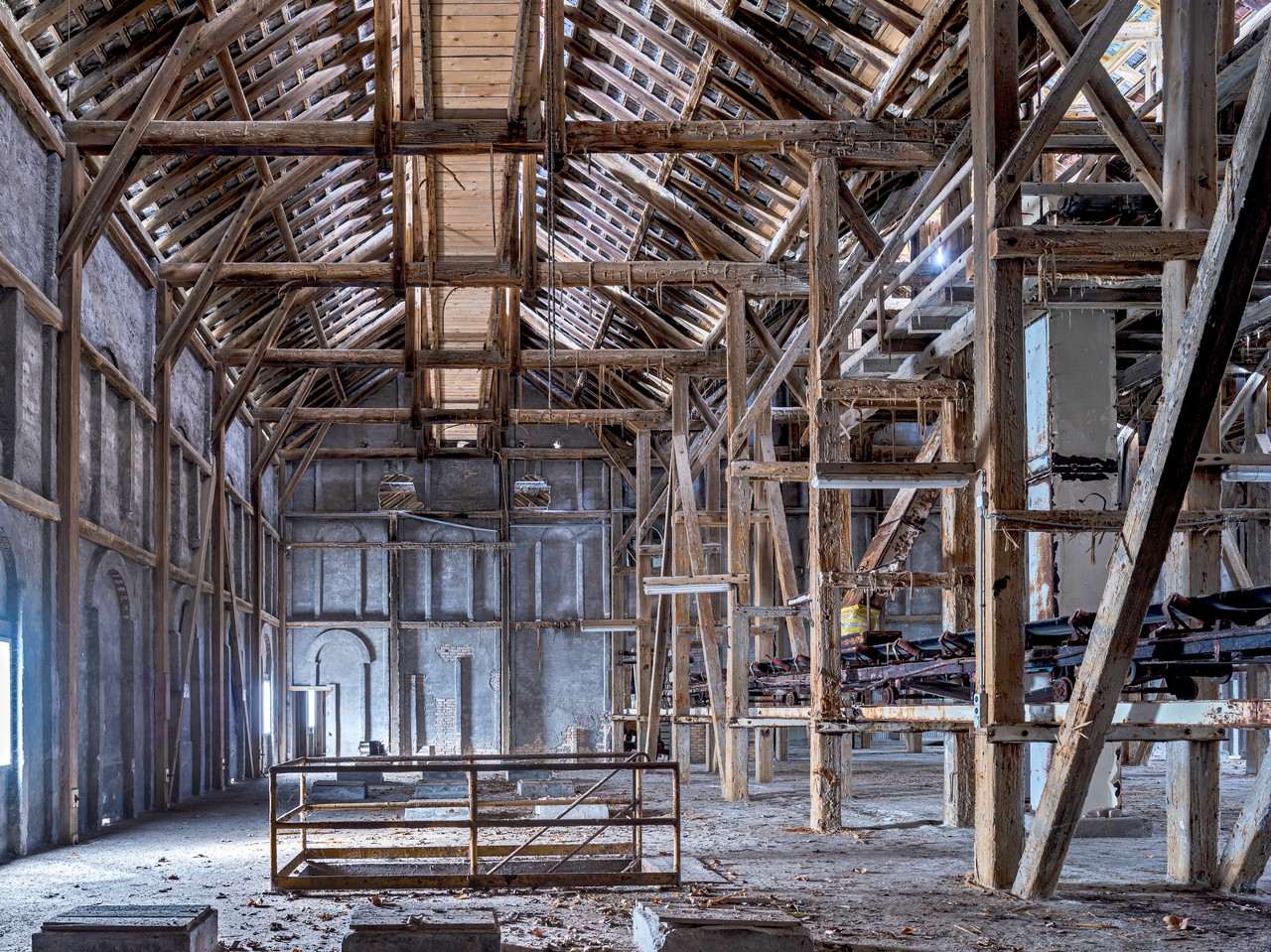
Düngerbau
Uetikon am See, Switzerland
2022–present

Gagosian Burlington Arcade
London, United Kingdom
2022
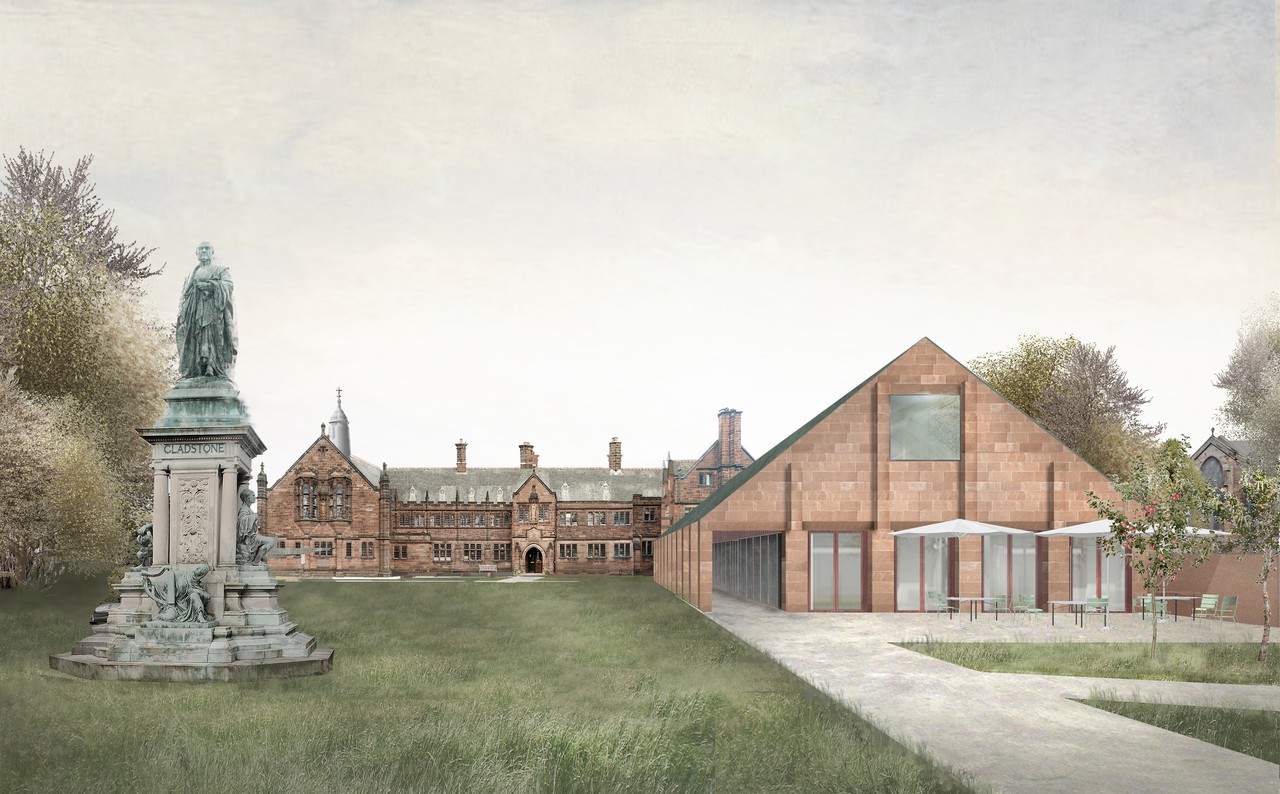
Gladstone's Library
Hawarden, United Kingdom
2018–2020
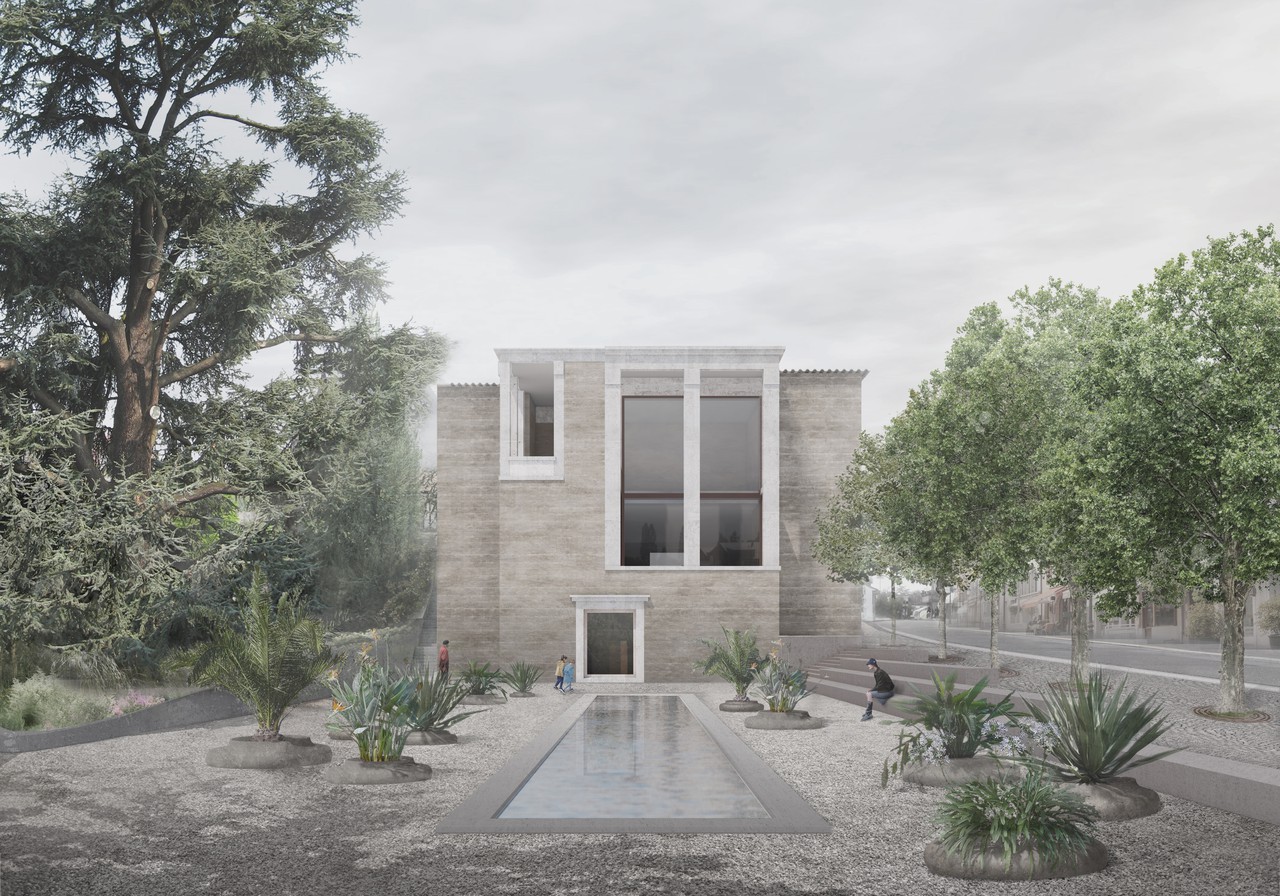
Museum for a Roman Villa
Pully, Switzerland
2017
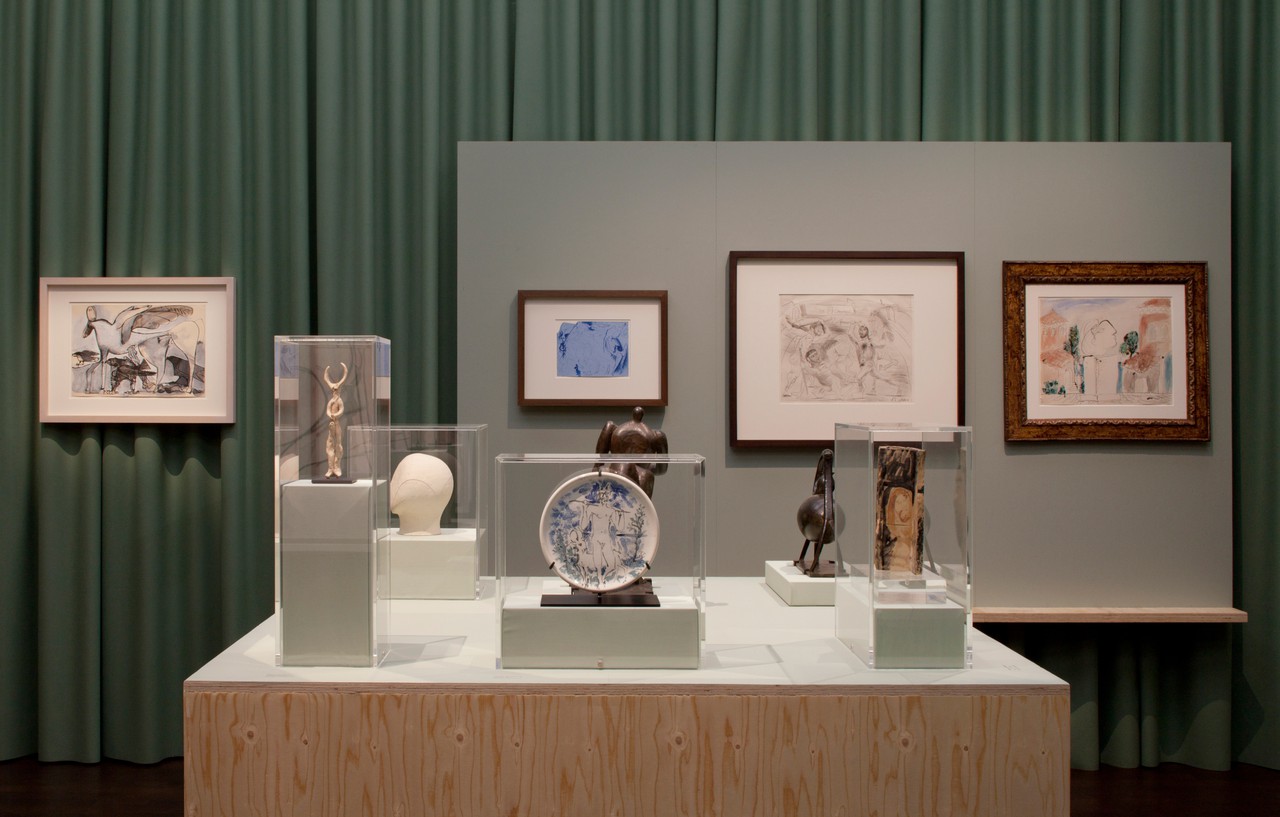
Picasso: Minotaurs and Matadors
Gagosian, Grosvenor Hill
London, United Kingdom
2017
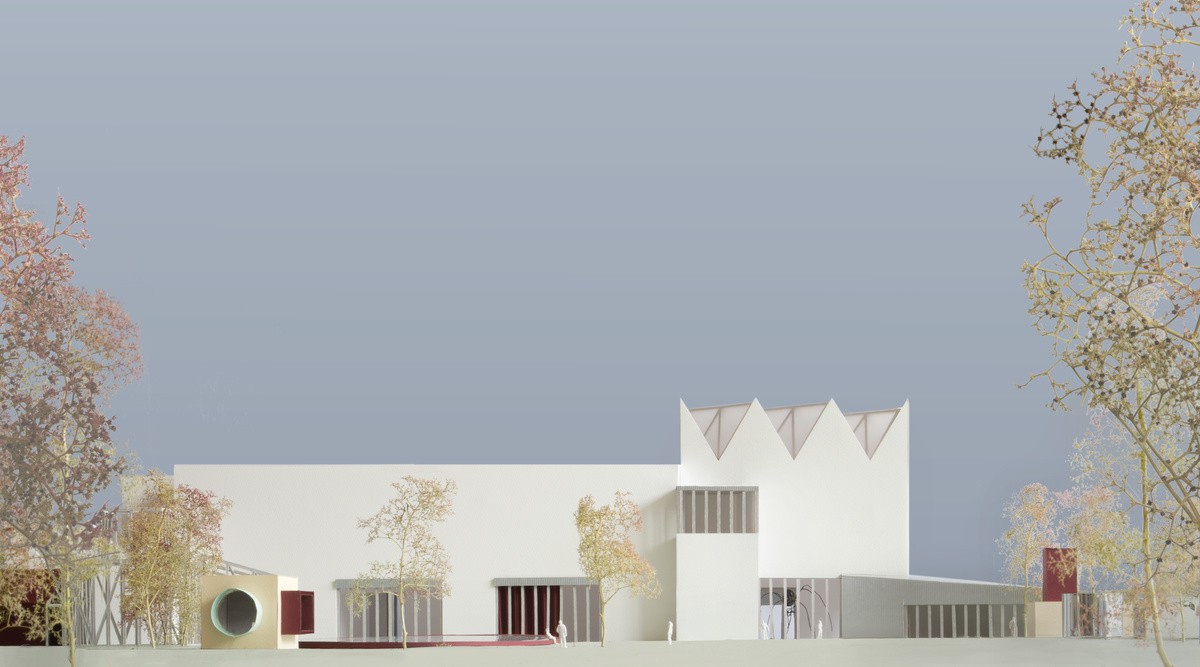
Latvian Museum of Contemporary Art
Riga, Latvia
2016
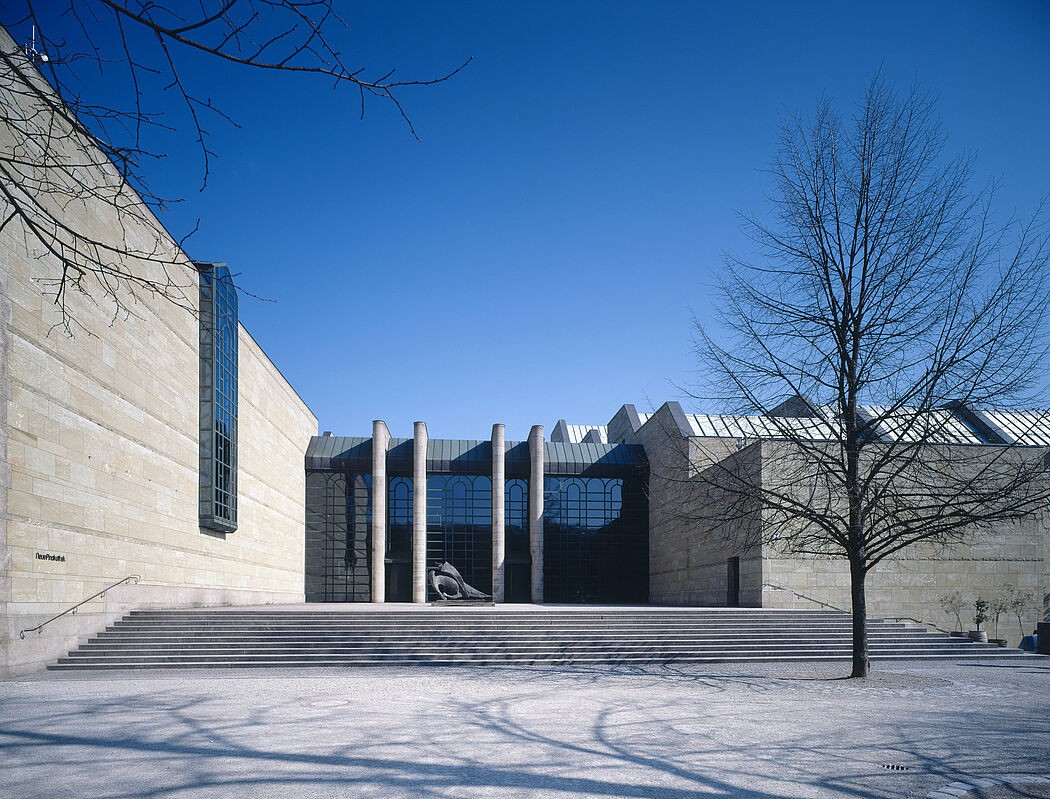
Neue Pinakothek
Munich, Germany
2016–present (under construction)
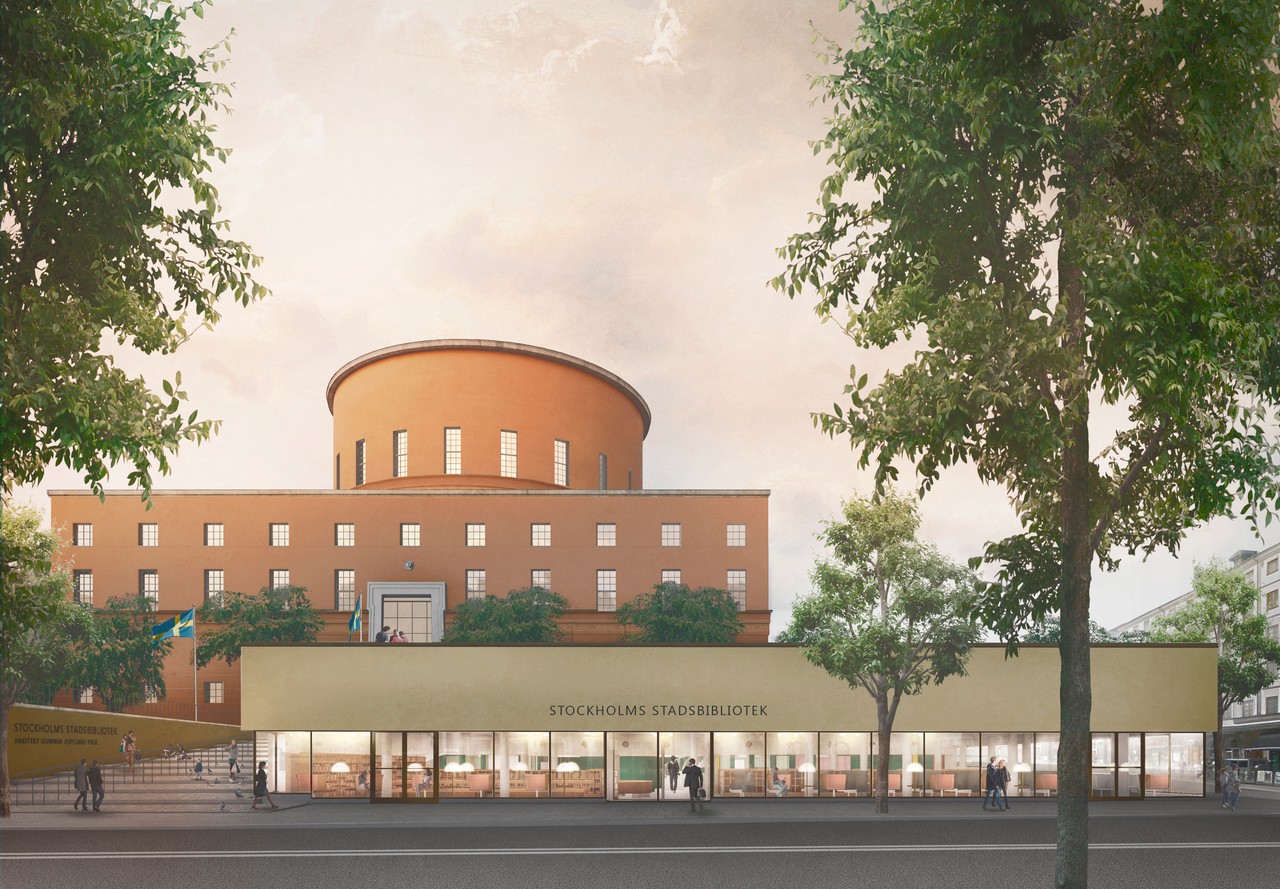
Stockholm City Library
Stockholm, Sweden
2014–2019
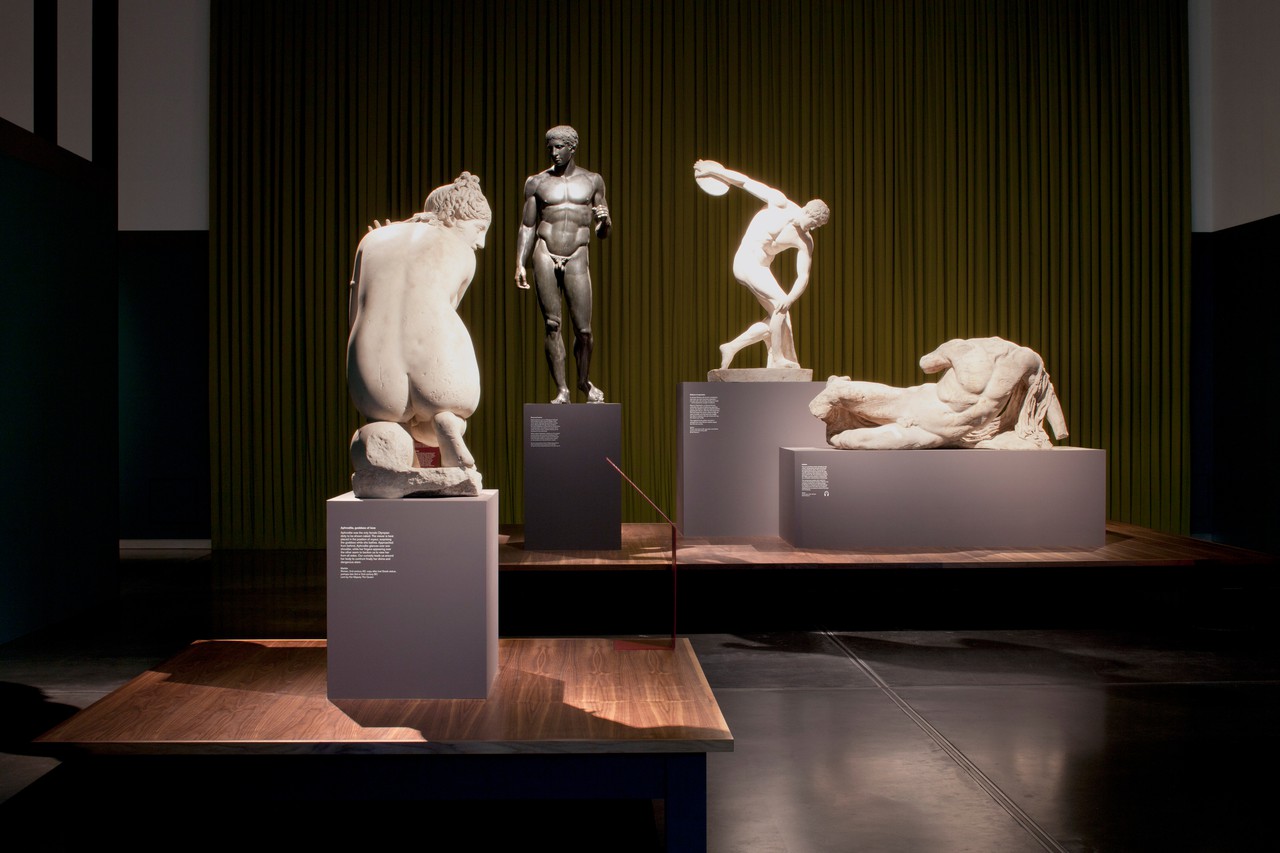
Defining Beauty: The Body in Ancient Greek Art
The British Museum
London, United Kingdom
2014–2015
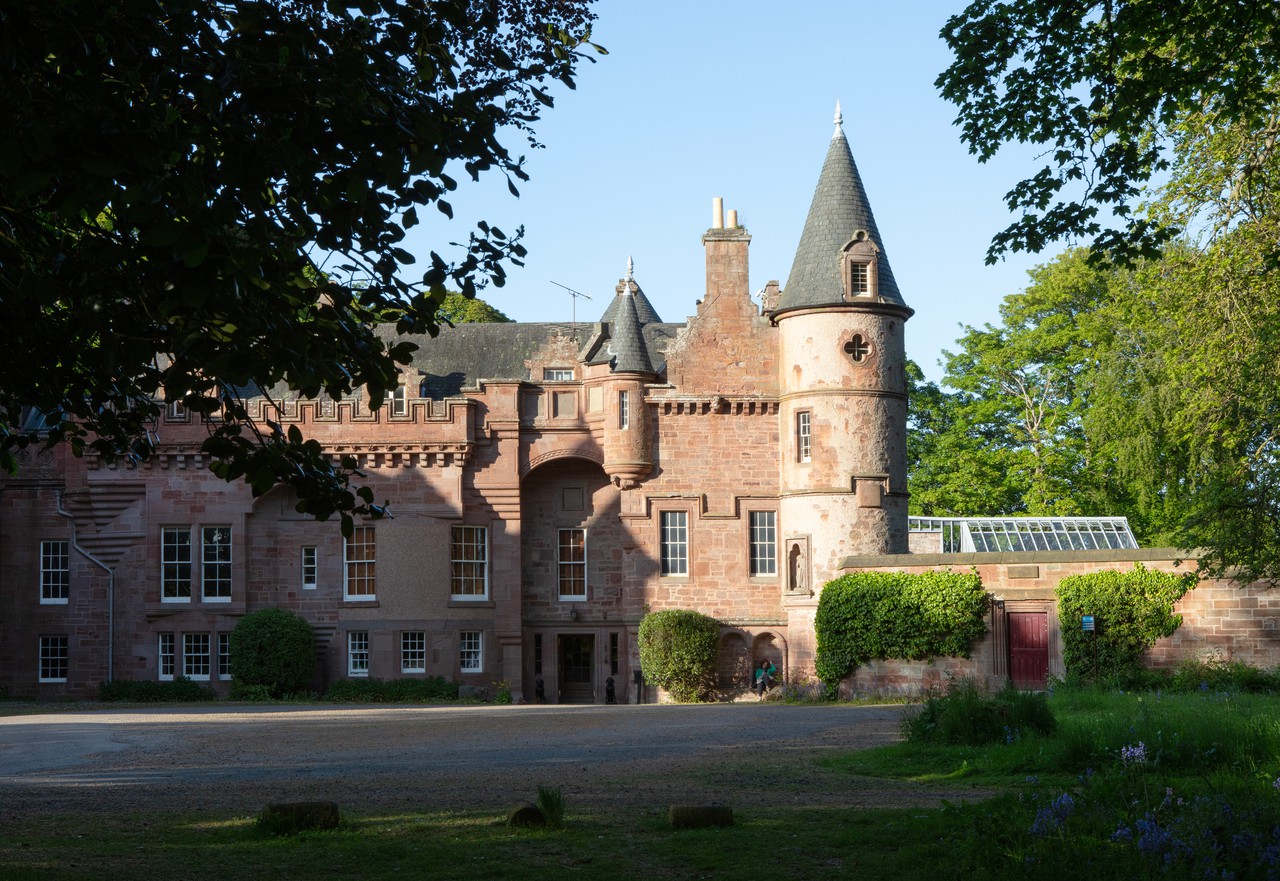
Hospitalfield Arts
Arbroath, United Kingdom
2013 – present
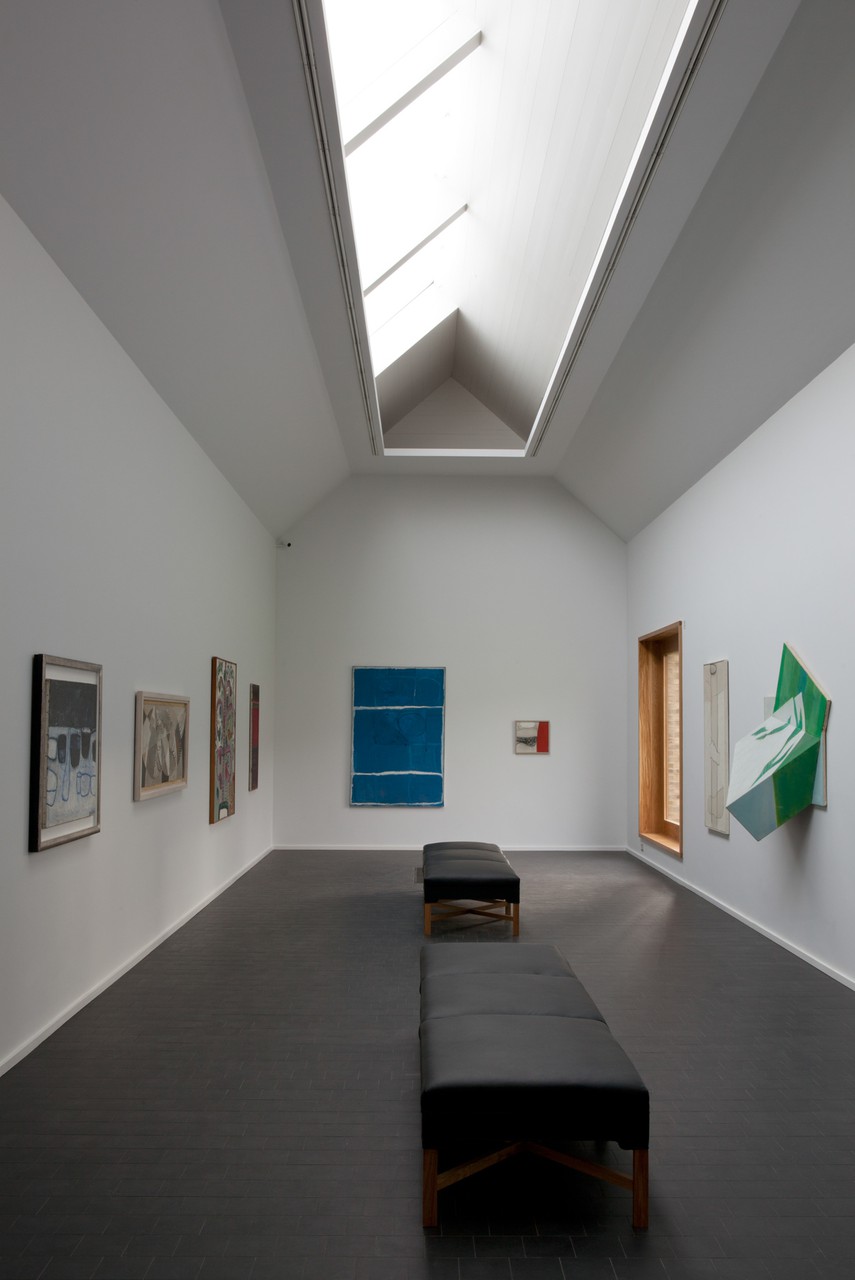
Heong Gallery, Downing College
Cambridge, United Kingdom
2013–2016
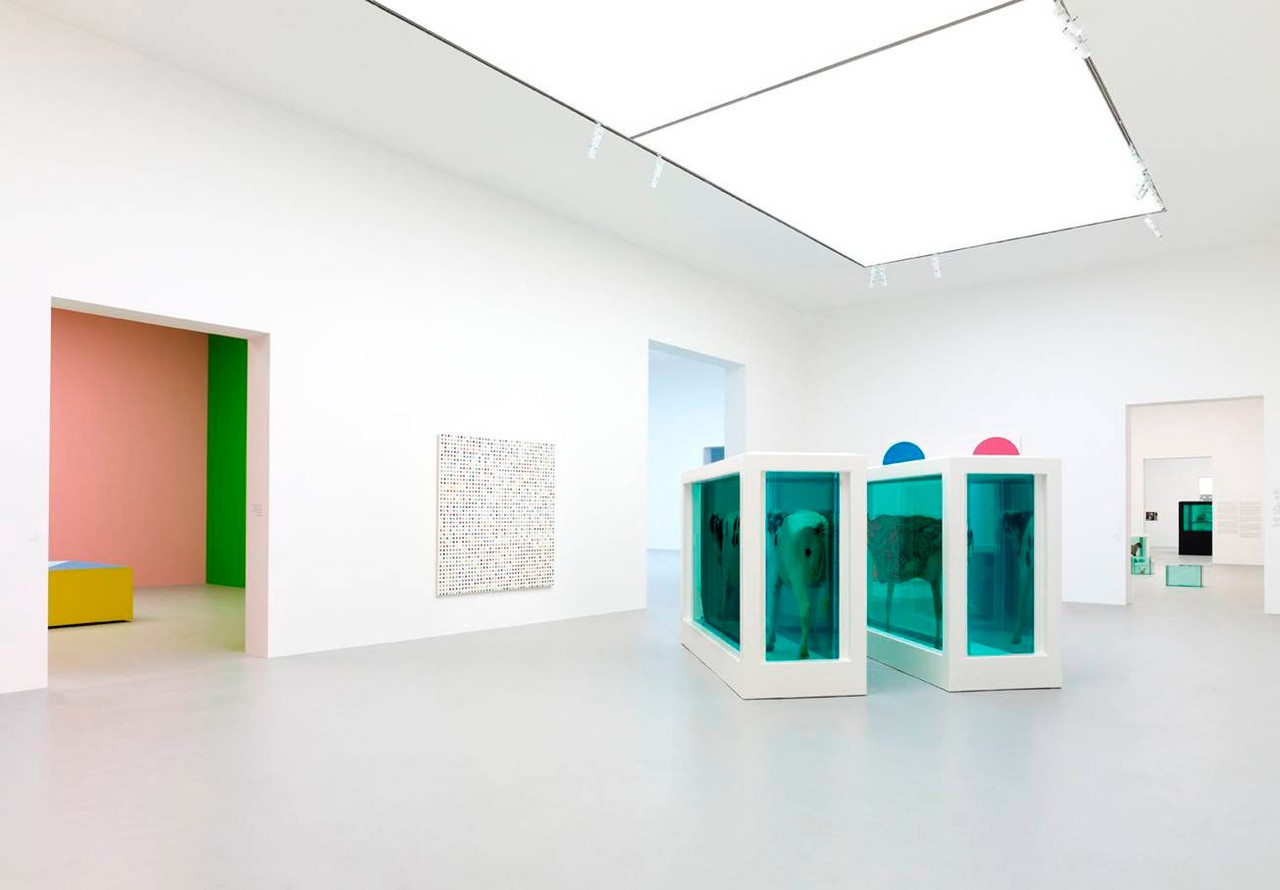
Damien Hirst, Relics
QM Gallery, Al Riwaq
Doha, Quatar
2013–2014

Liverpool Philharmonic Hall
Liverpool, United Kingdom
2012–2015
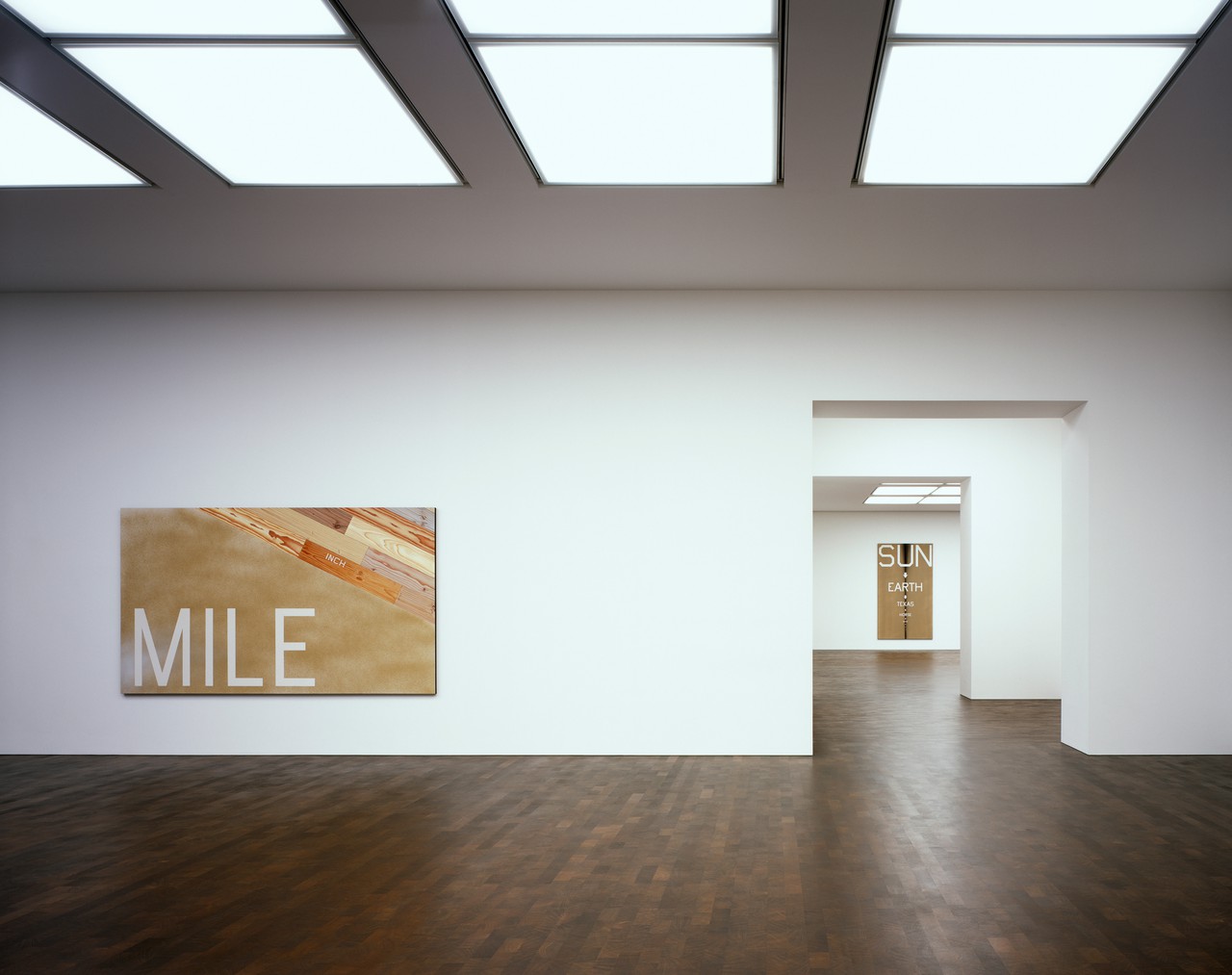
Gagosian Grosvenor Hill
London, United Kingdom
2012–2015
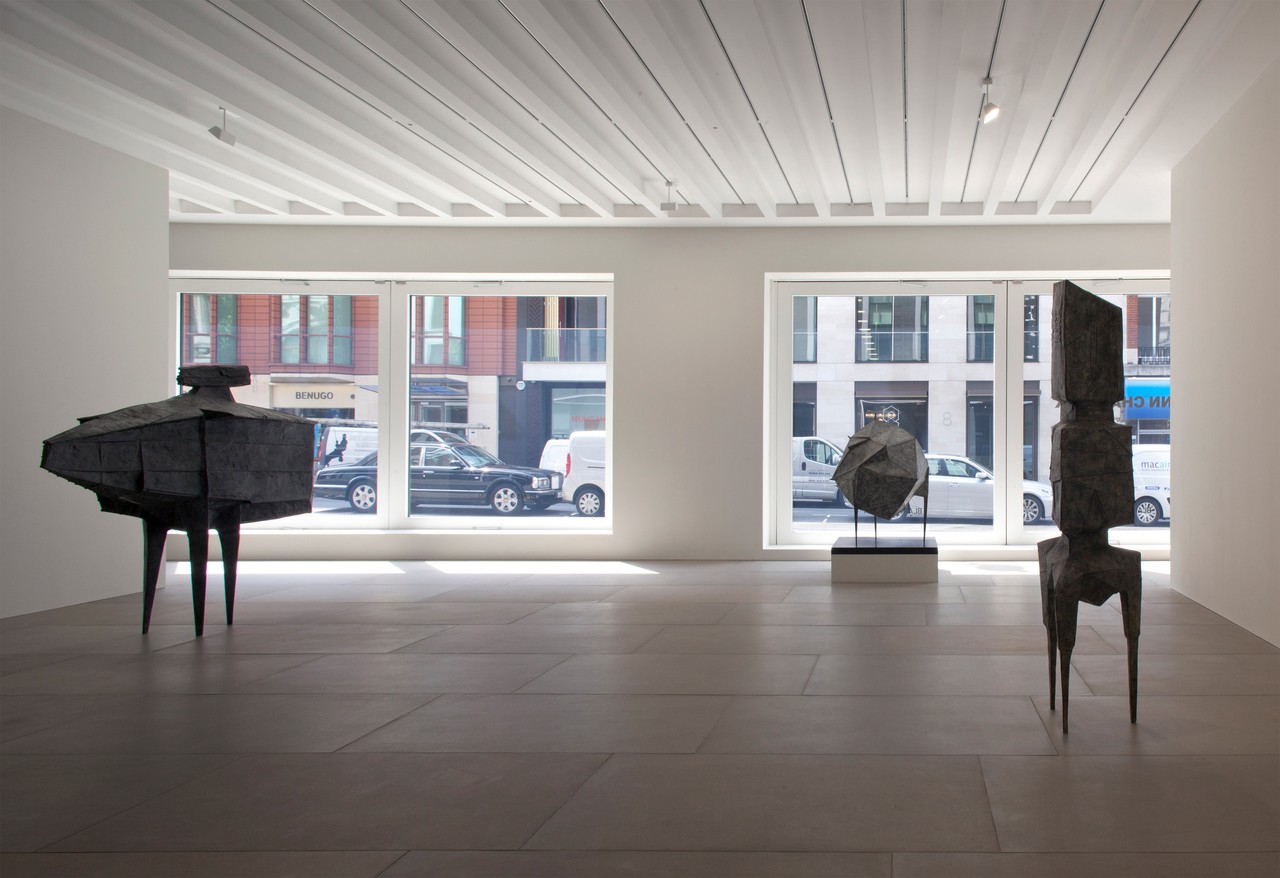
Blain Southern Gallery
London, United Kingdom
2010–2013
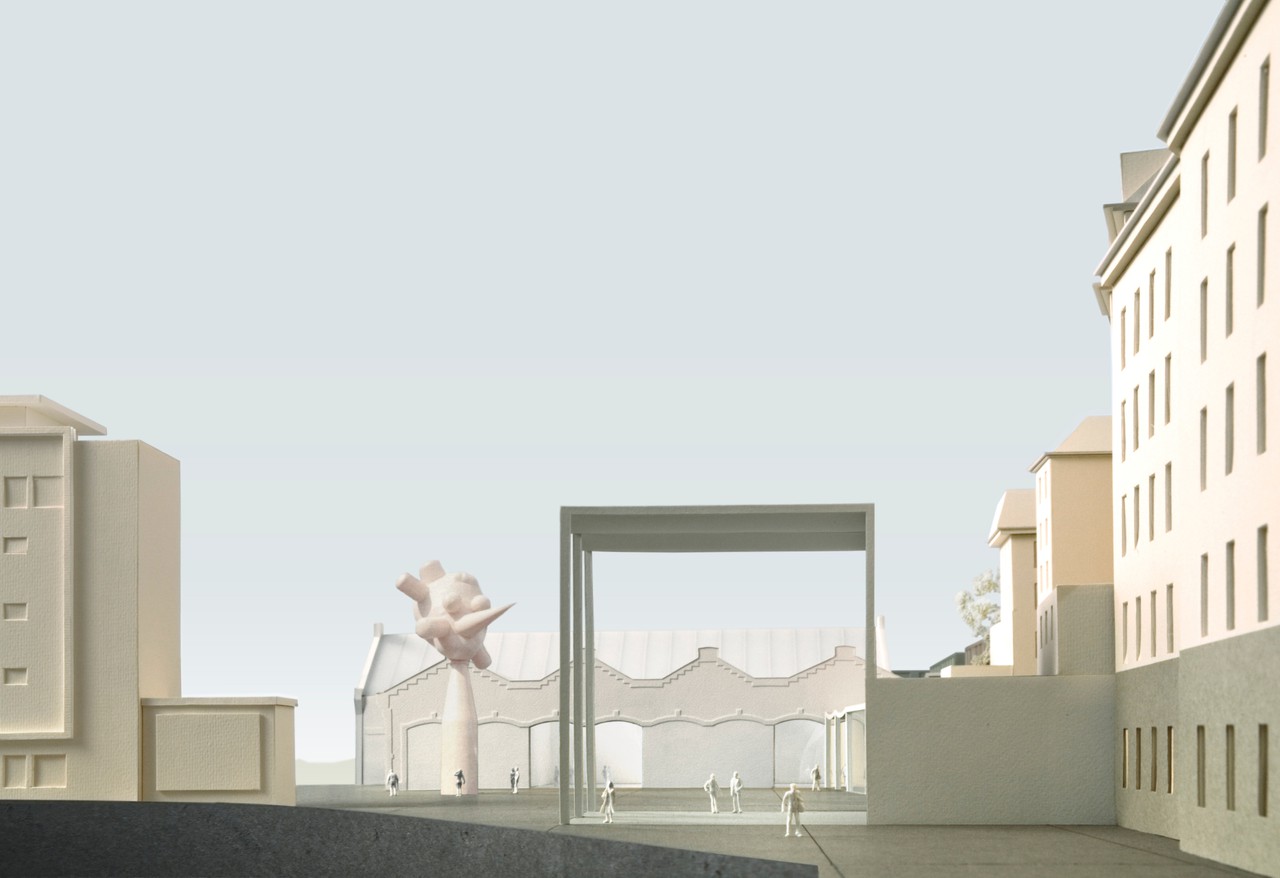
Musée Cantonal des Beaux‑Arts Lausanne
Lausanne, Switzerland
2011
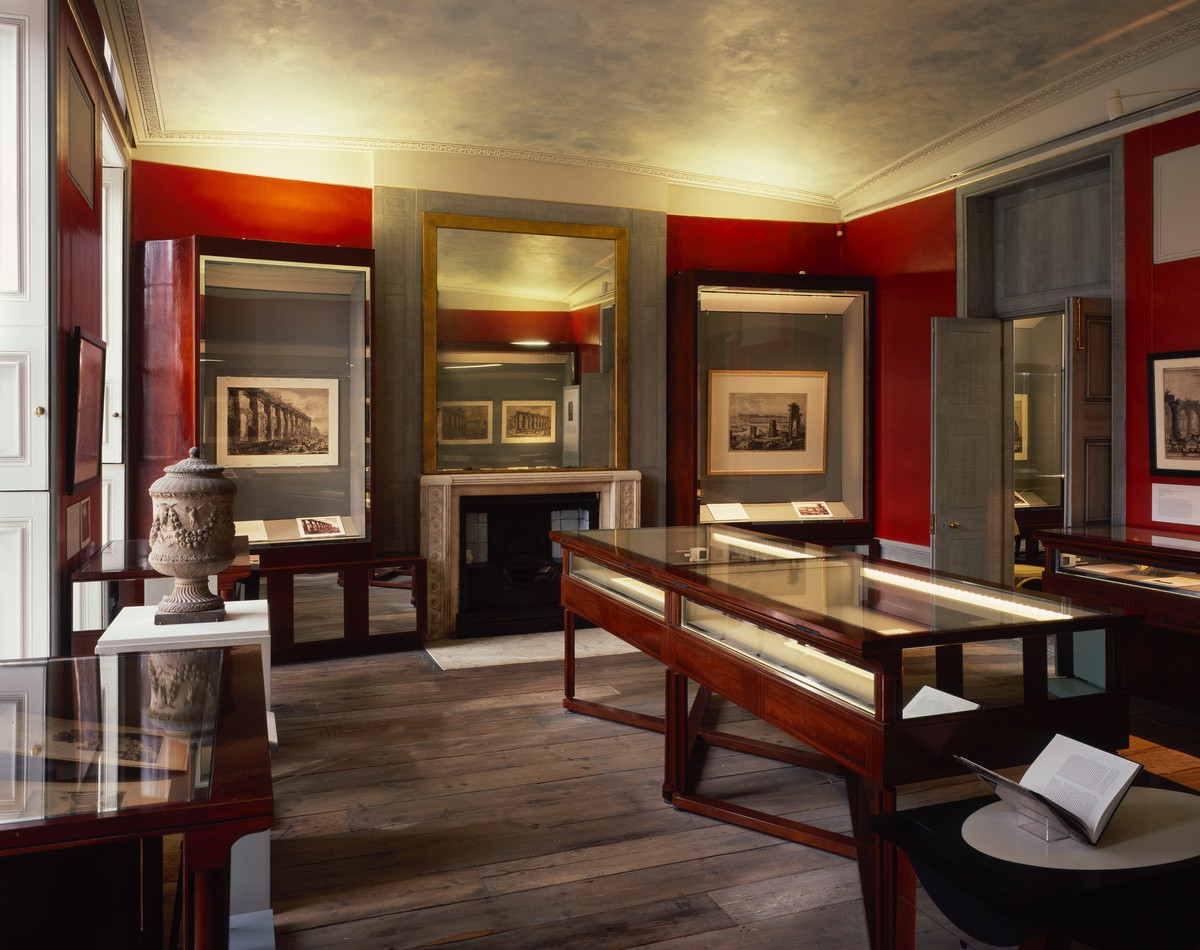
Sir John Soane's Museum
London, United Kingdom
2009–2012
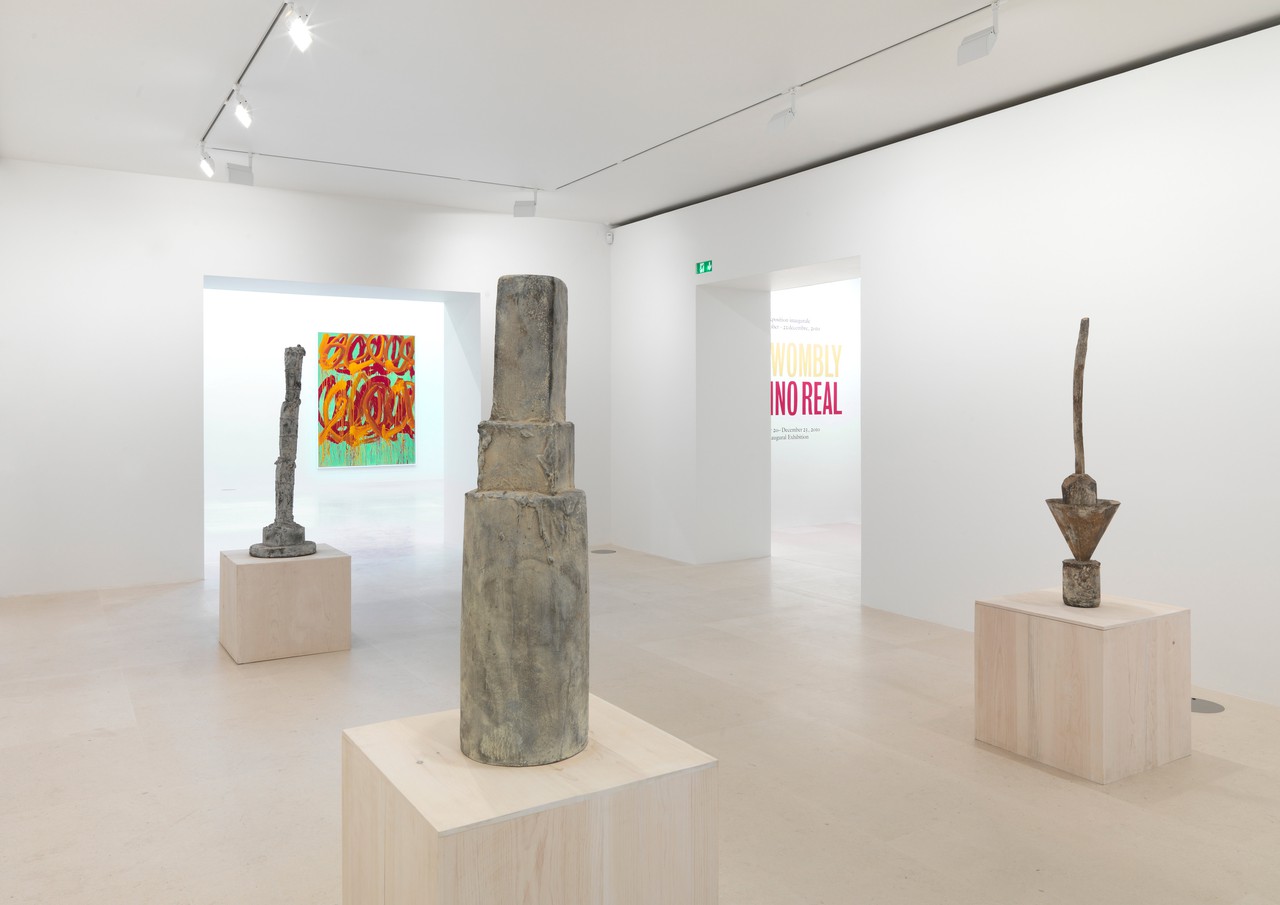
Gagosian Paris
Paris, France
2009–2010
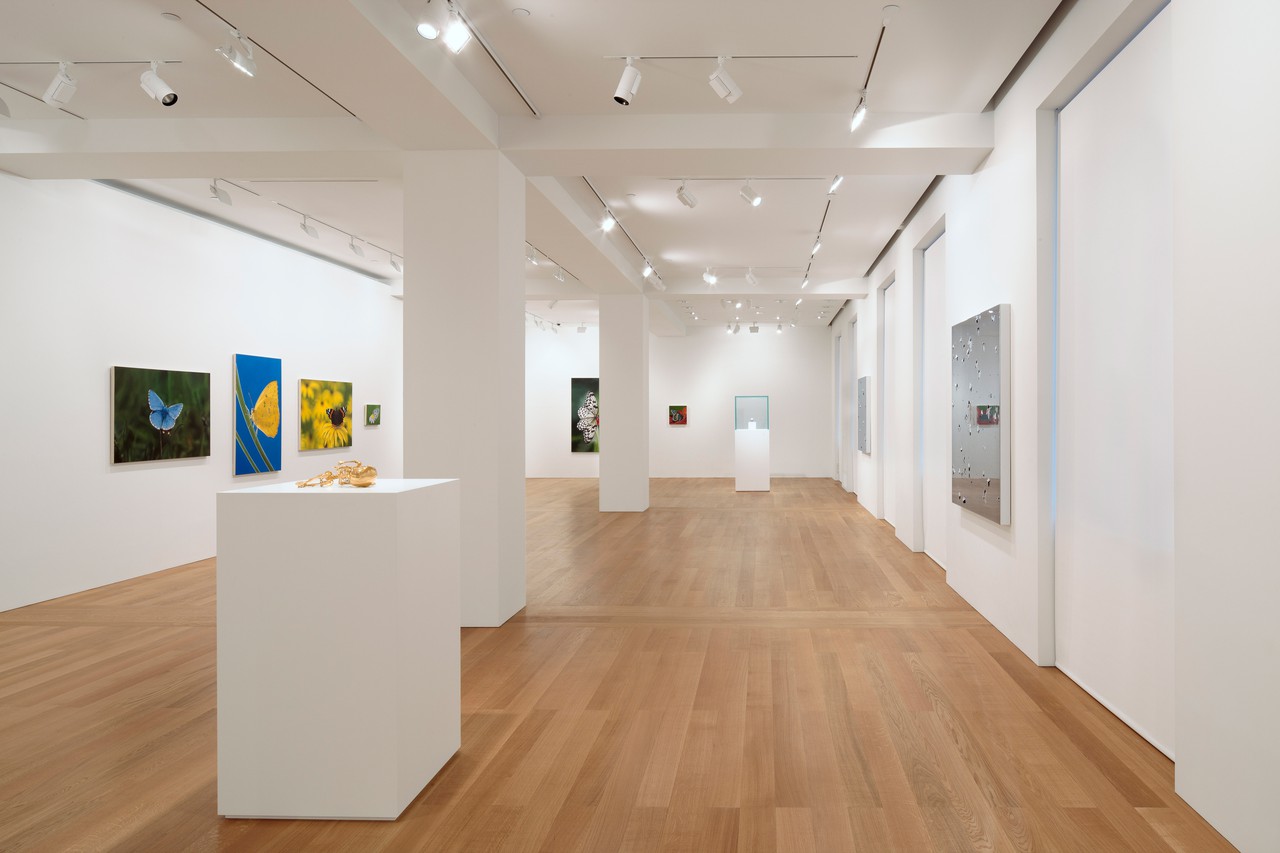
Gagosian Hong Kong
Hong Kong, China
2010–2011
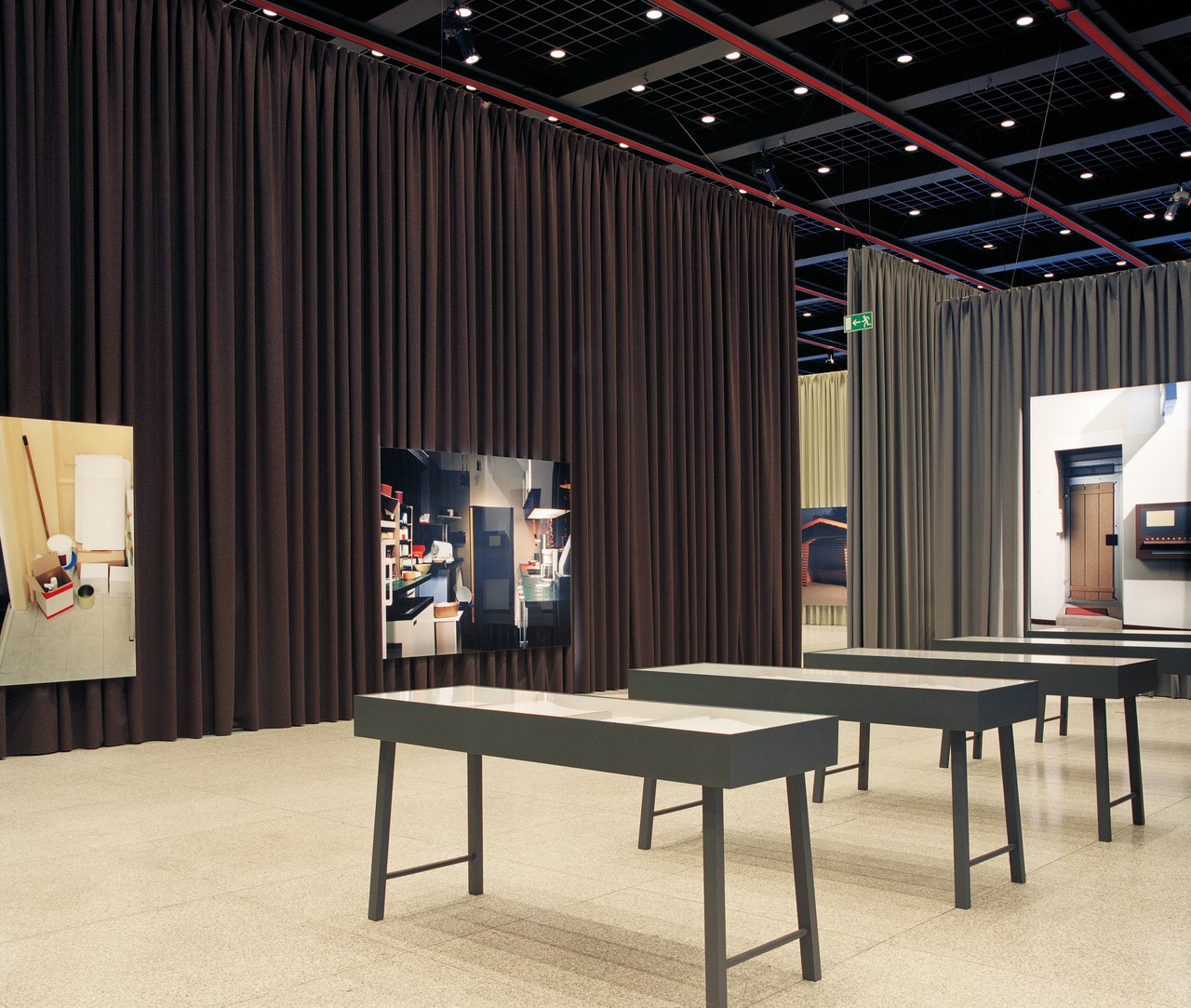
Thomas Demand, Nationalgalerie
Neue Nationalgalerie
Berlin, Germany
2009
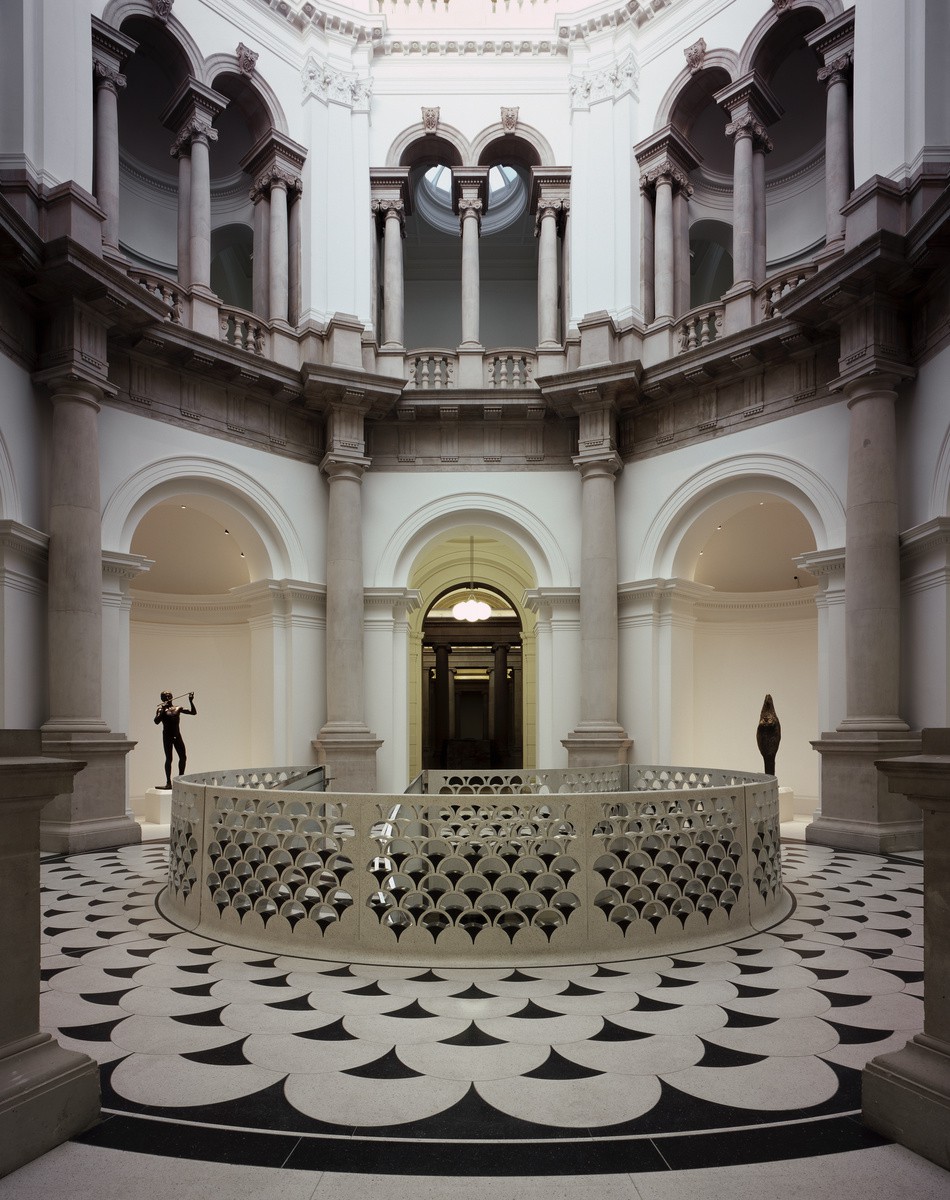
Tate Britain
London, United Kingdom
2007–2013
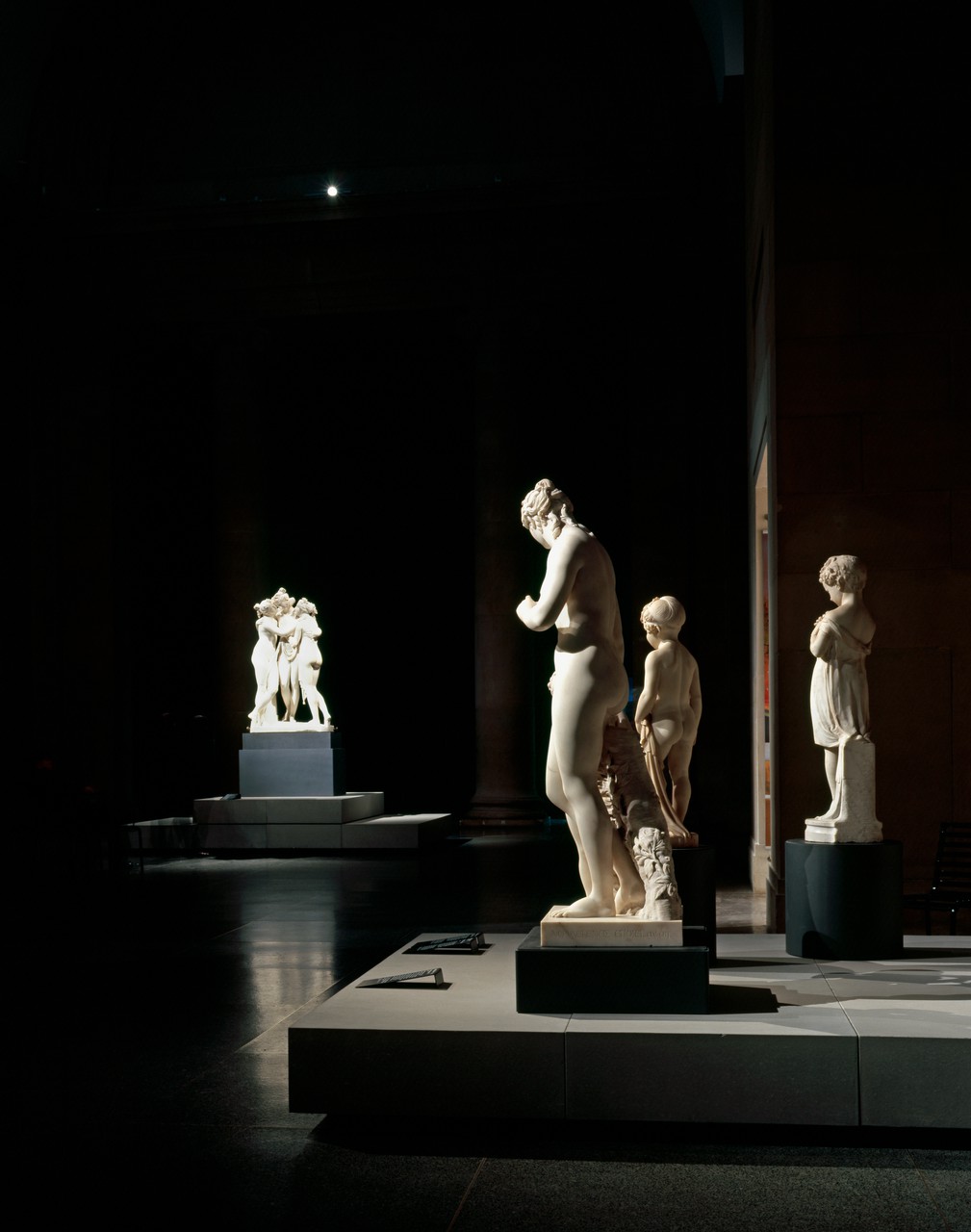
The Return of the Gods: Neoclassical Sculpture
Tate Britain
London, United Kingdom
2008

Gagosian Rome
Rome, Italy
2006
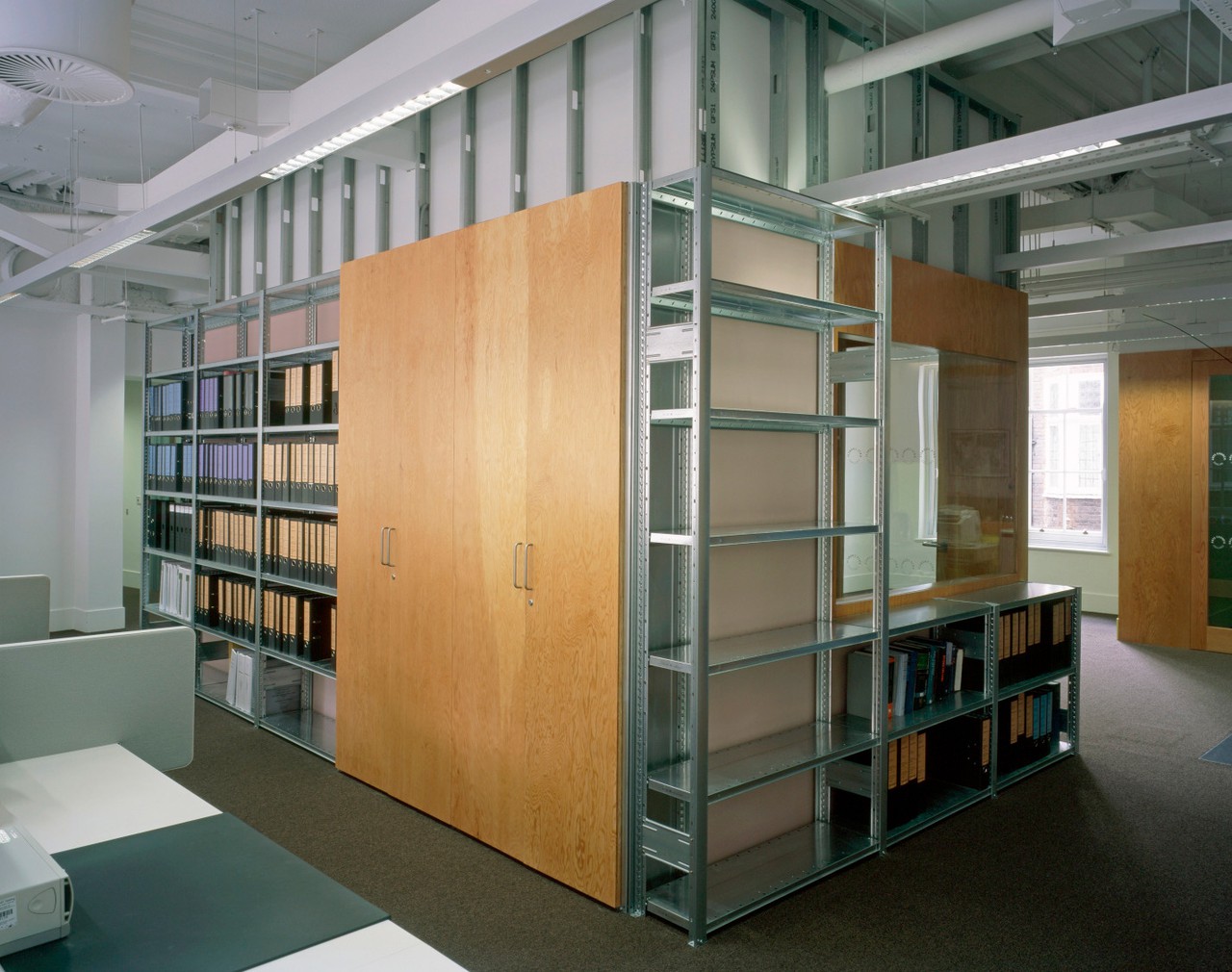
Arts Council England National Offices
London, United Kingdom
2006–2008
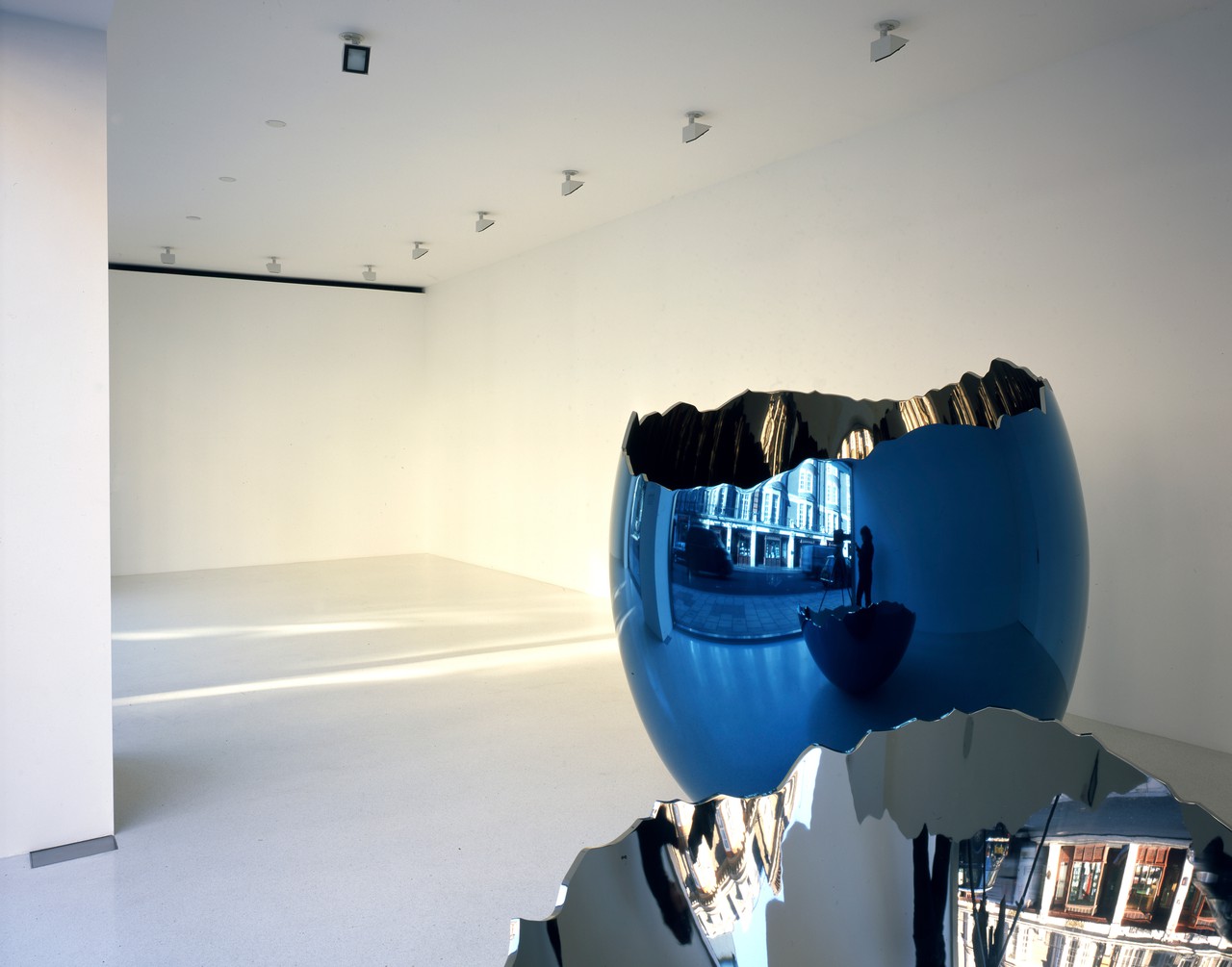
Gagosian Davies Street
London, United Kingdom
2006
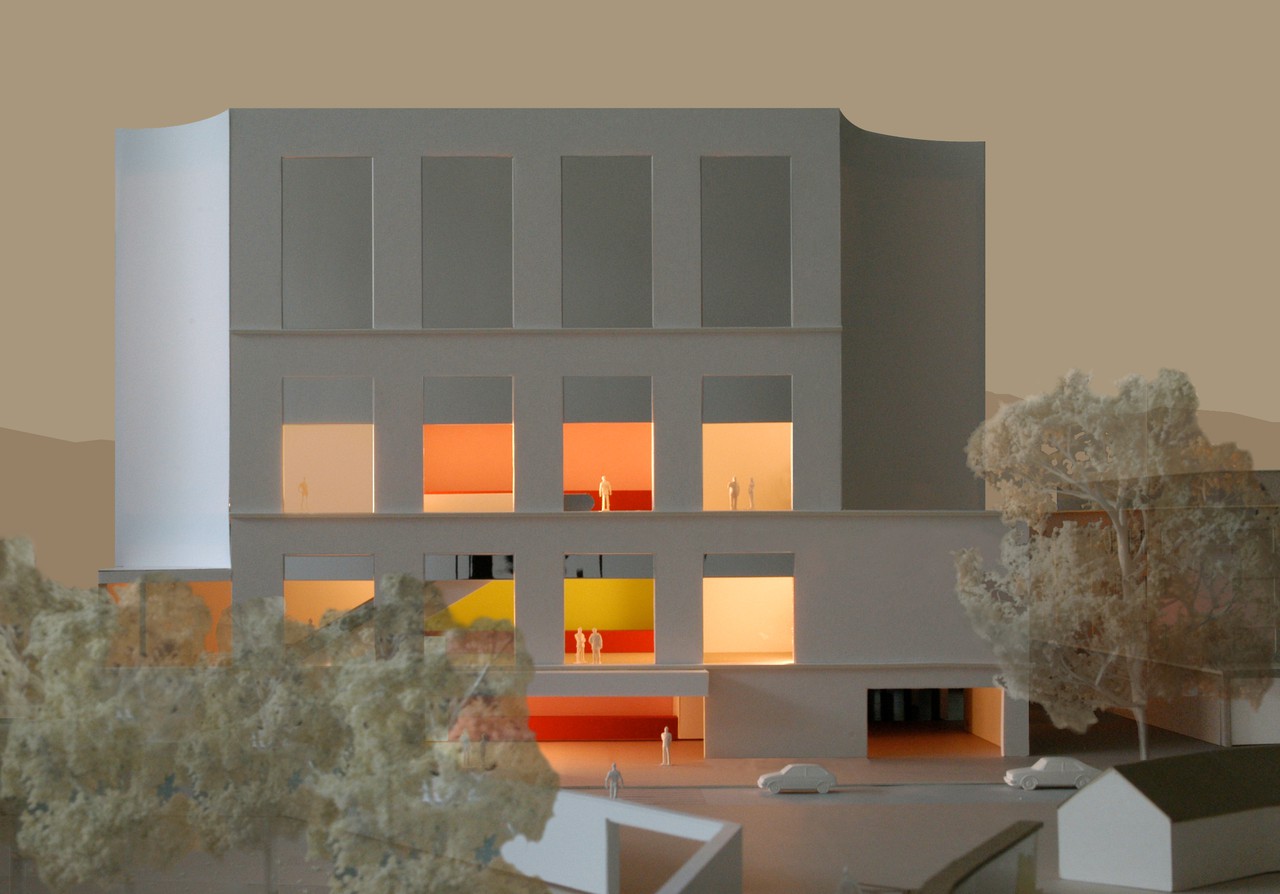
Centre for Tourism and Culture
Ascona, Switzerland
2004
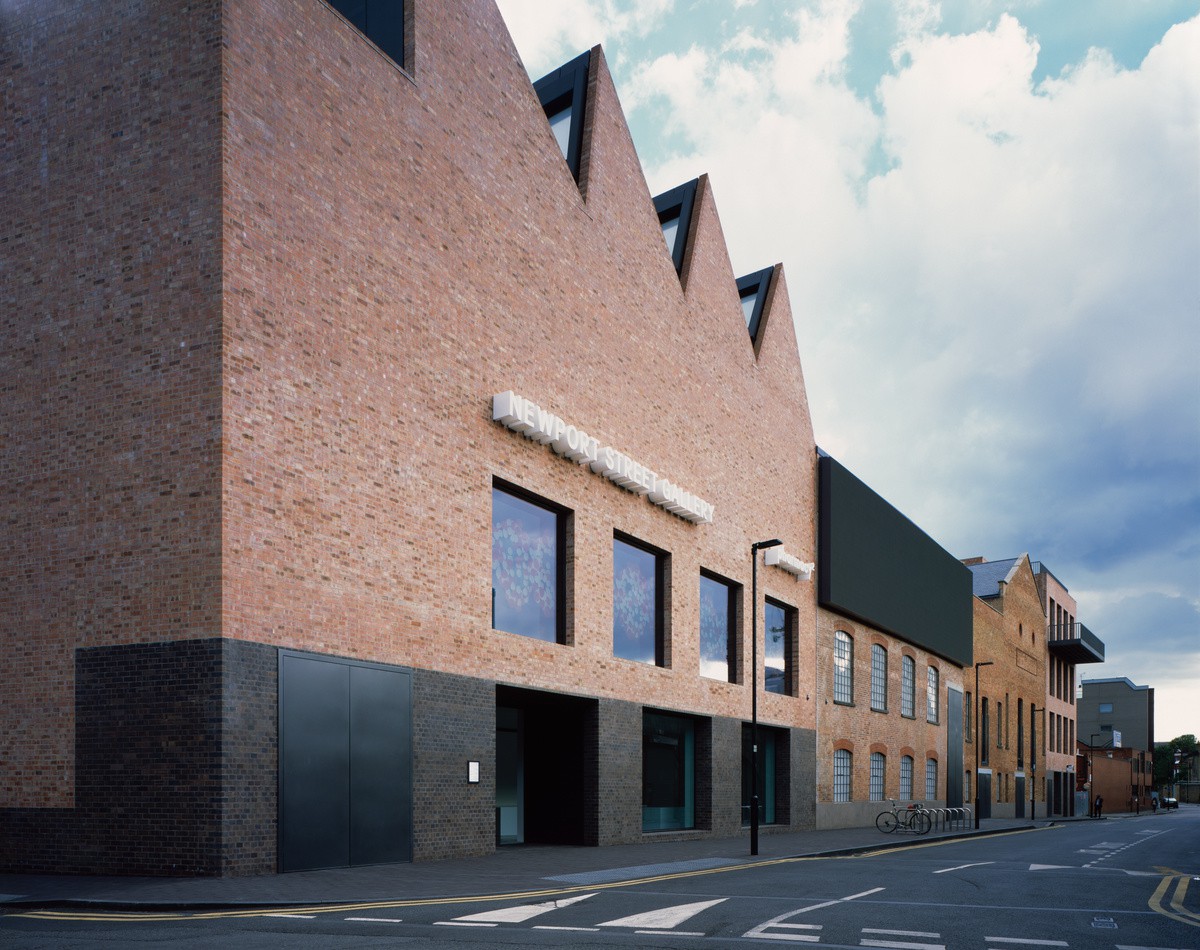
Newport Street Gallery
London, United Kingdom
2004–2015
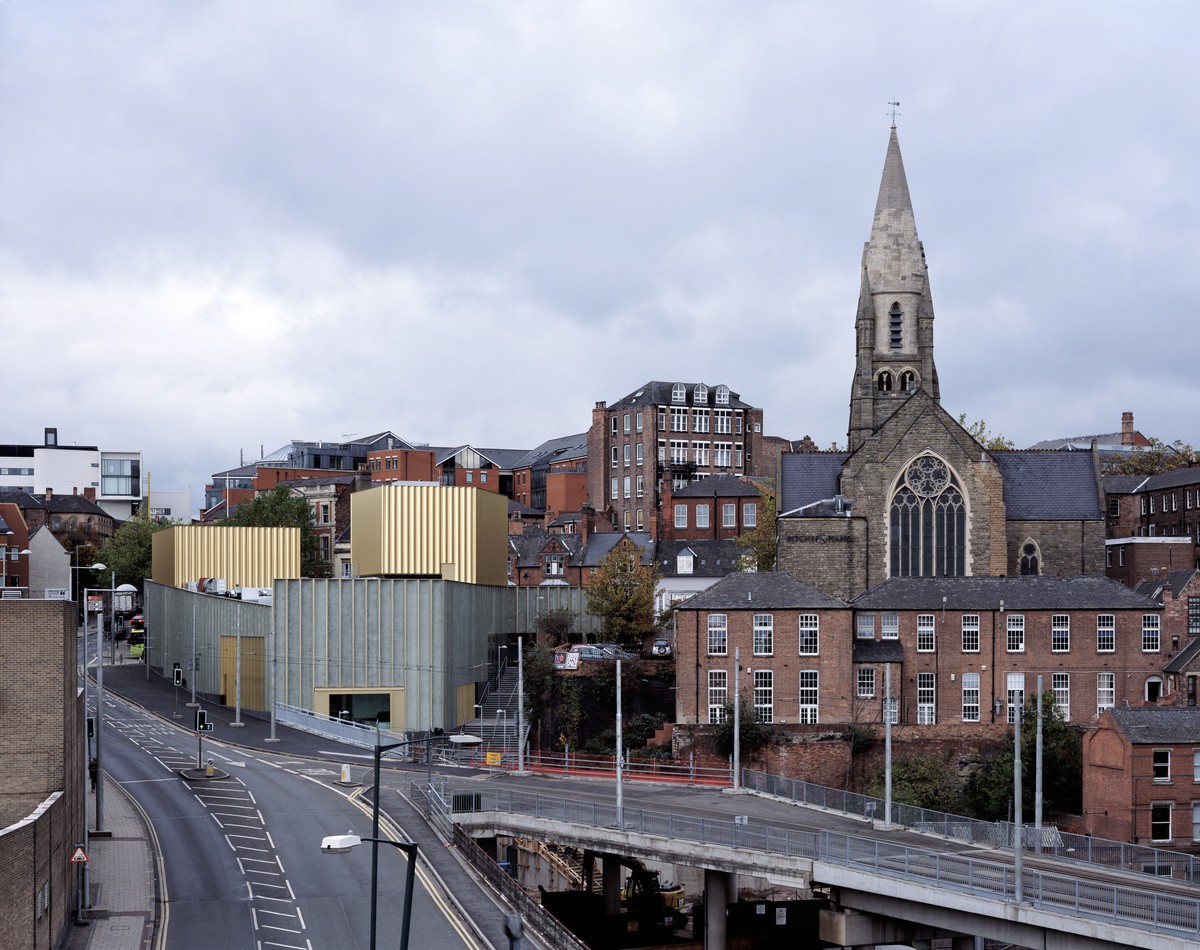
Nottingham Contemporary
Nottingham, United Kingdom
2004–2009
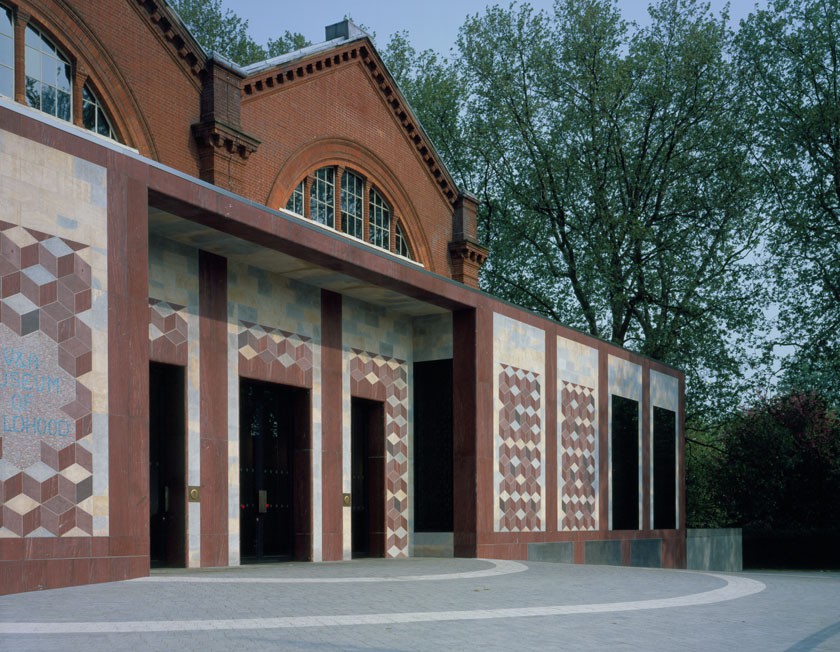
V&A Museum of Childhood
London, United Kingdom
2002–2007
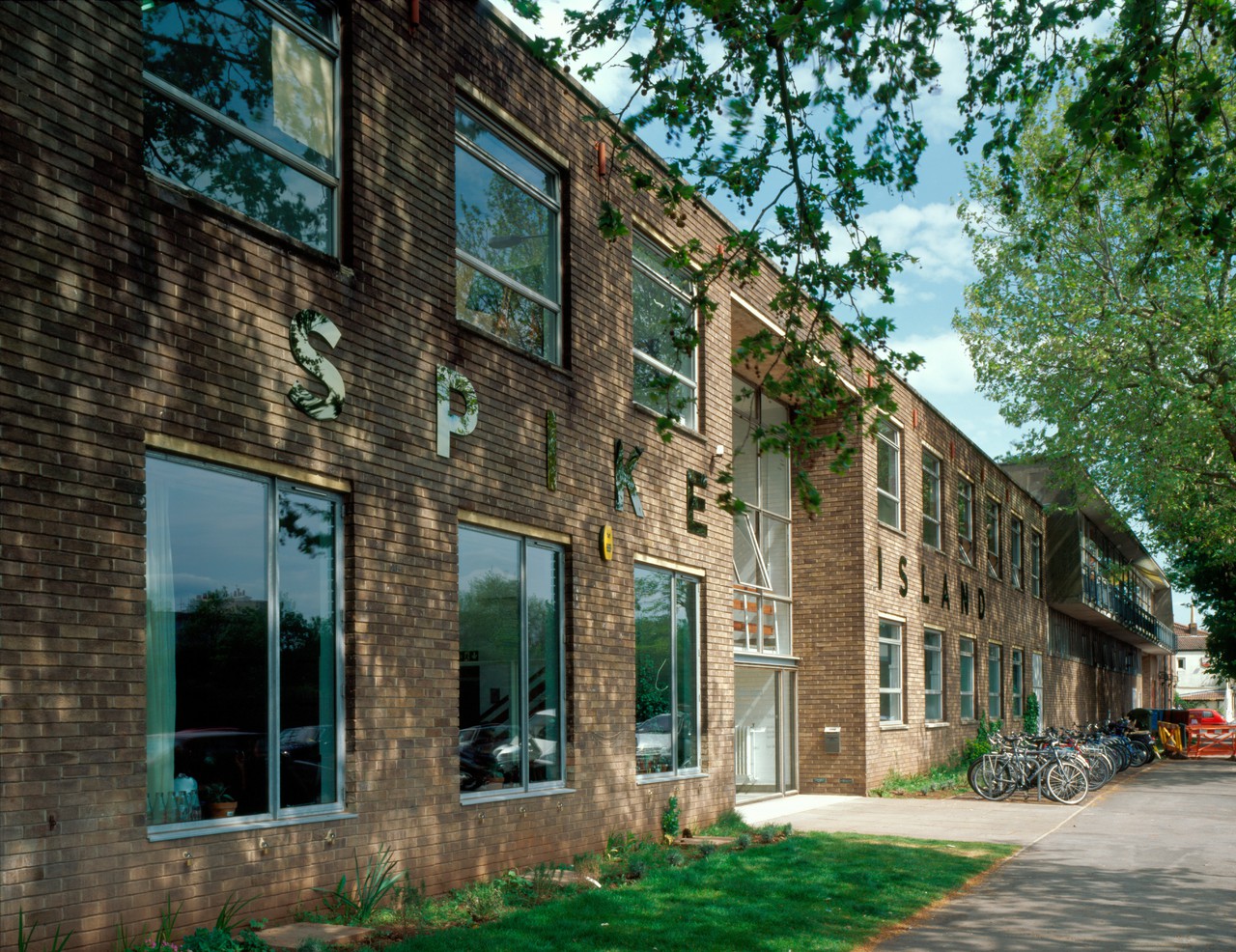
Spike Island
Bristol, United Kingdom
2003–2006
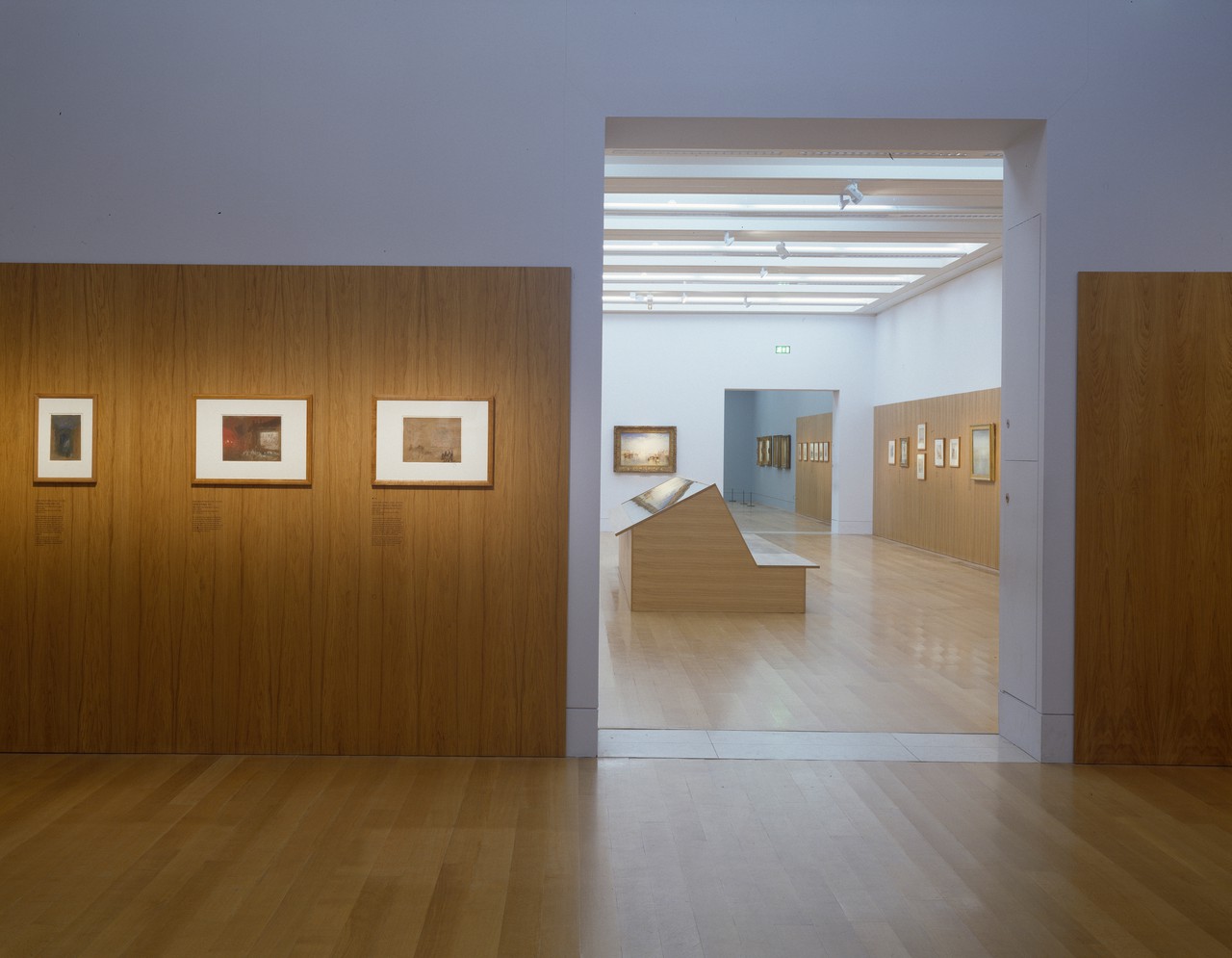
Turner and Venice
Tate Britain
London, United Kingdom
2003–2004
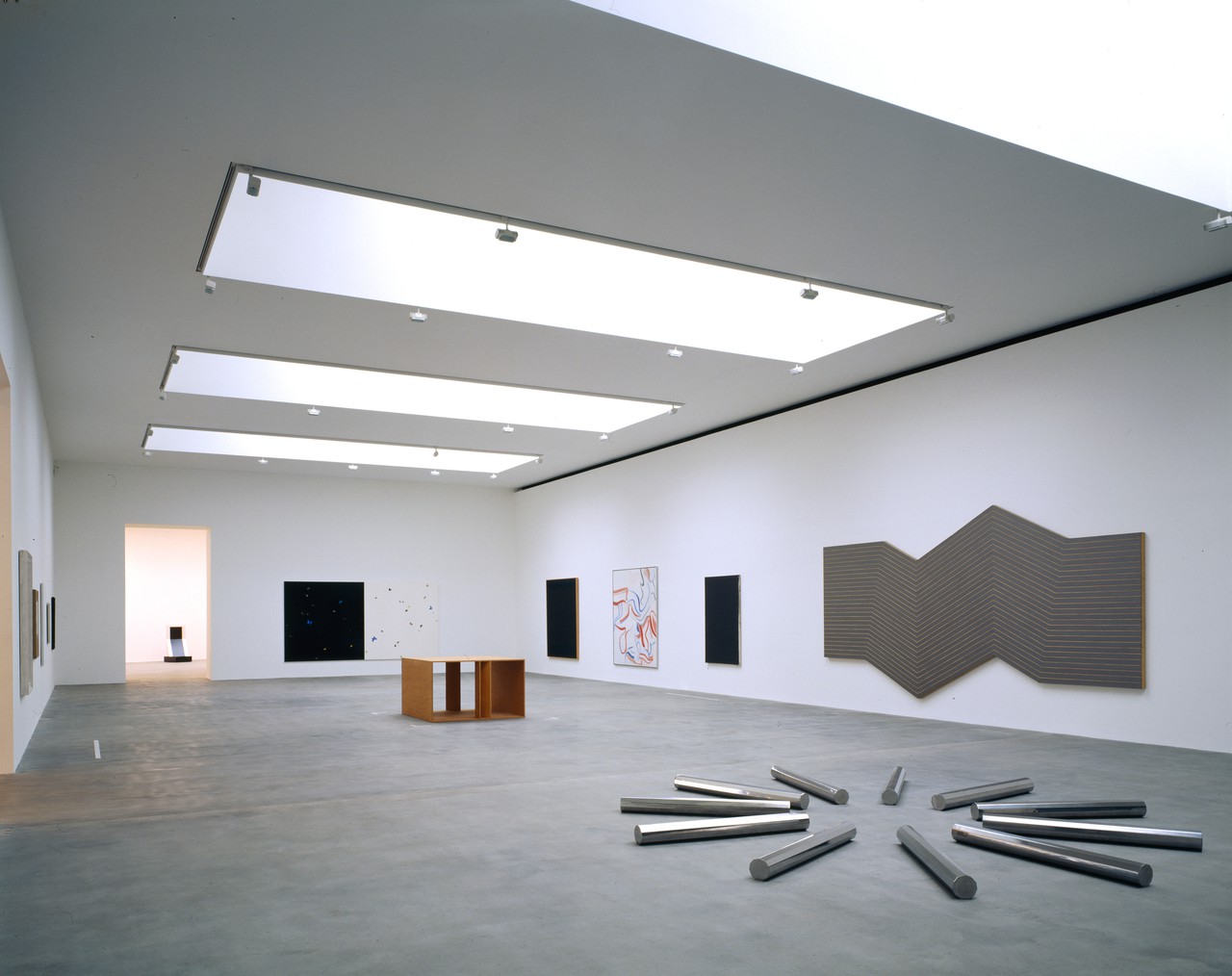
Gagosian Britannia Street
London, United Kingdom
2002–2004
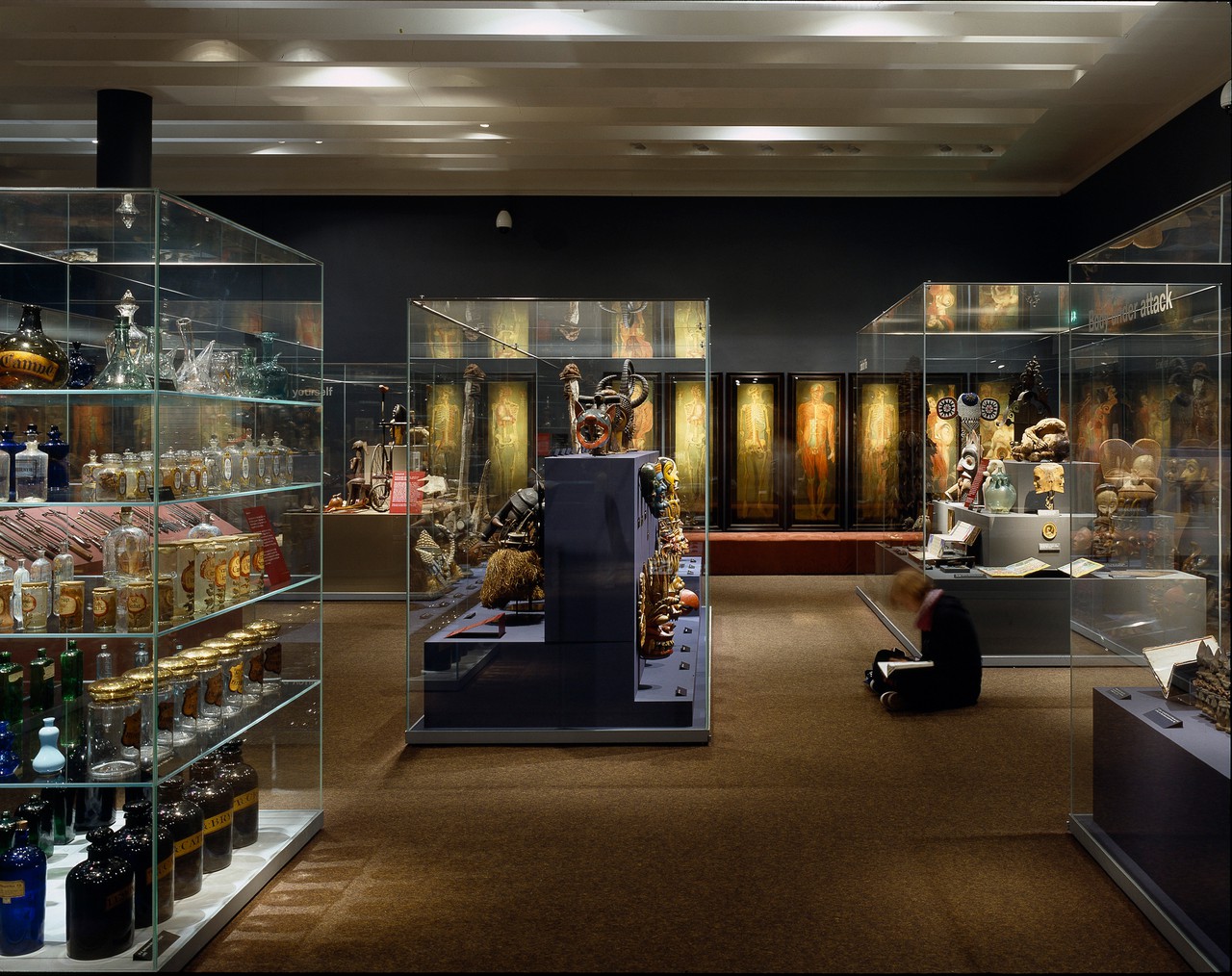
Medicine Man: The Forgotten Museum of Henry Wellcome
The British Museum
London, United Kingdom
2002–2003
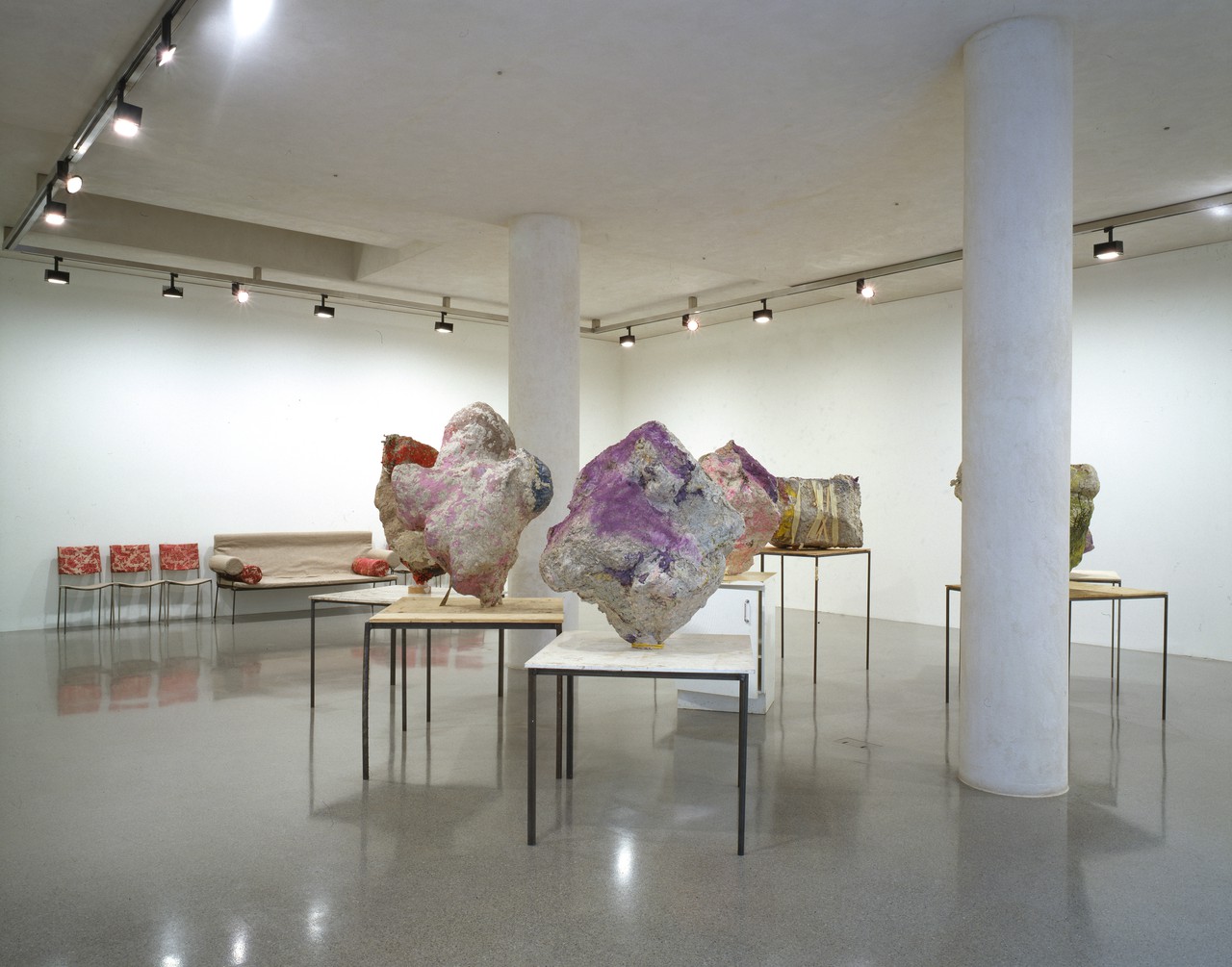
Gagosian Heddon Street
London, United Kingdom
1999–2000
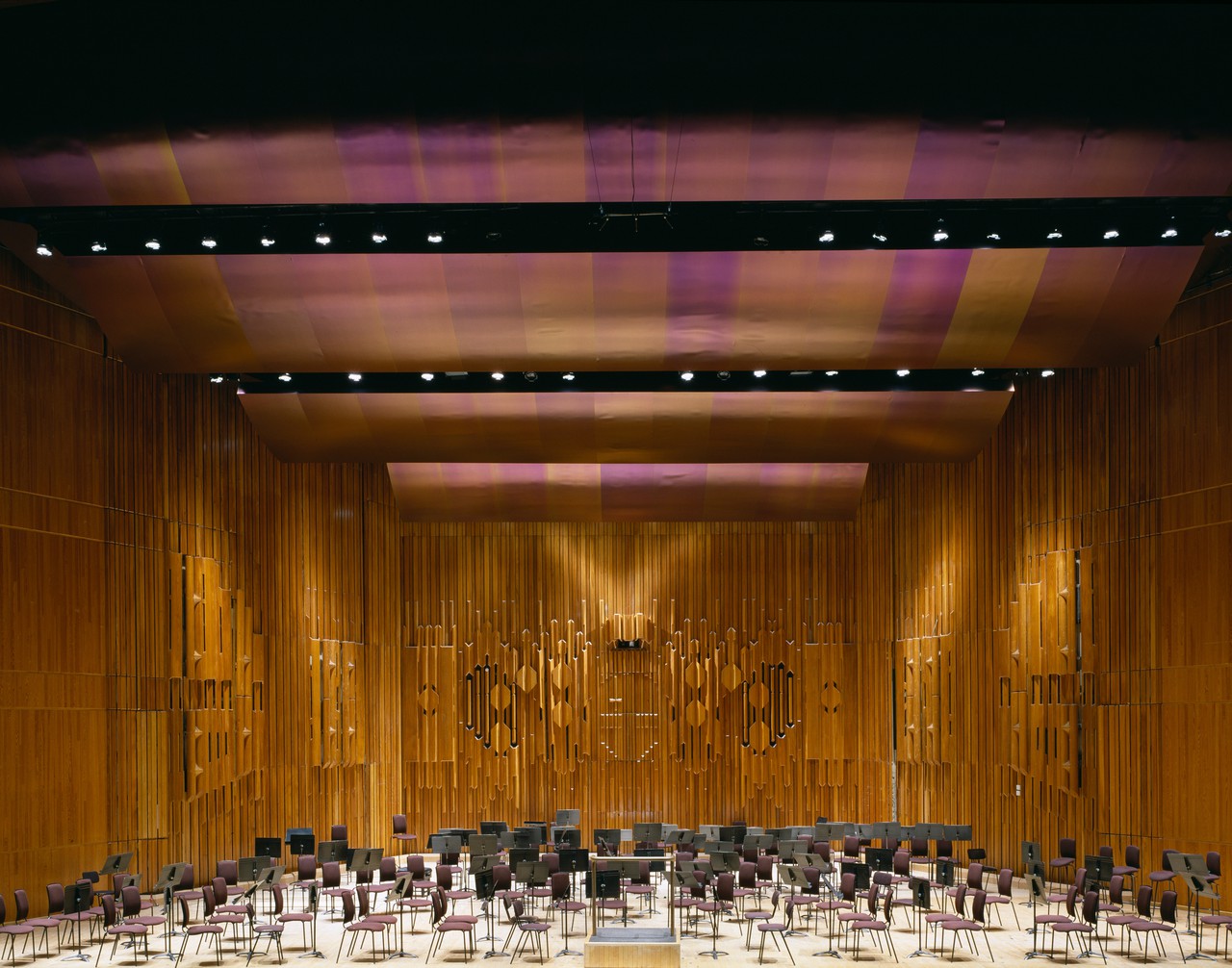
Barbican Concert Hall
London, United Kingdom
2000–2001
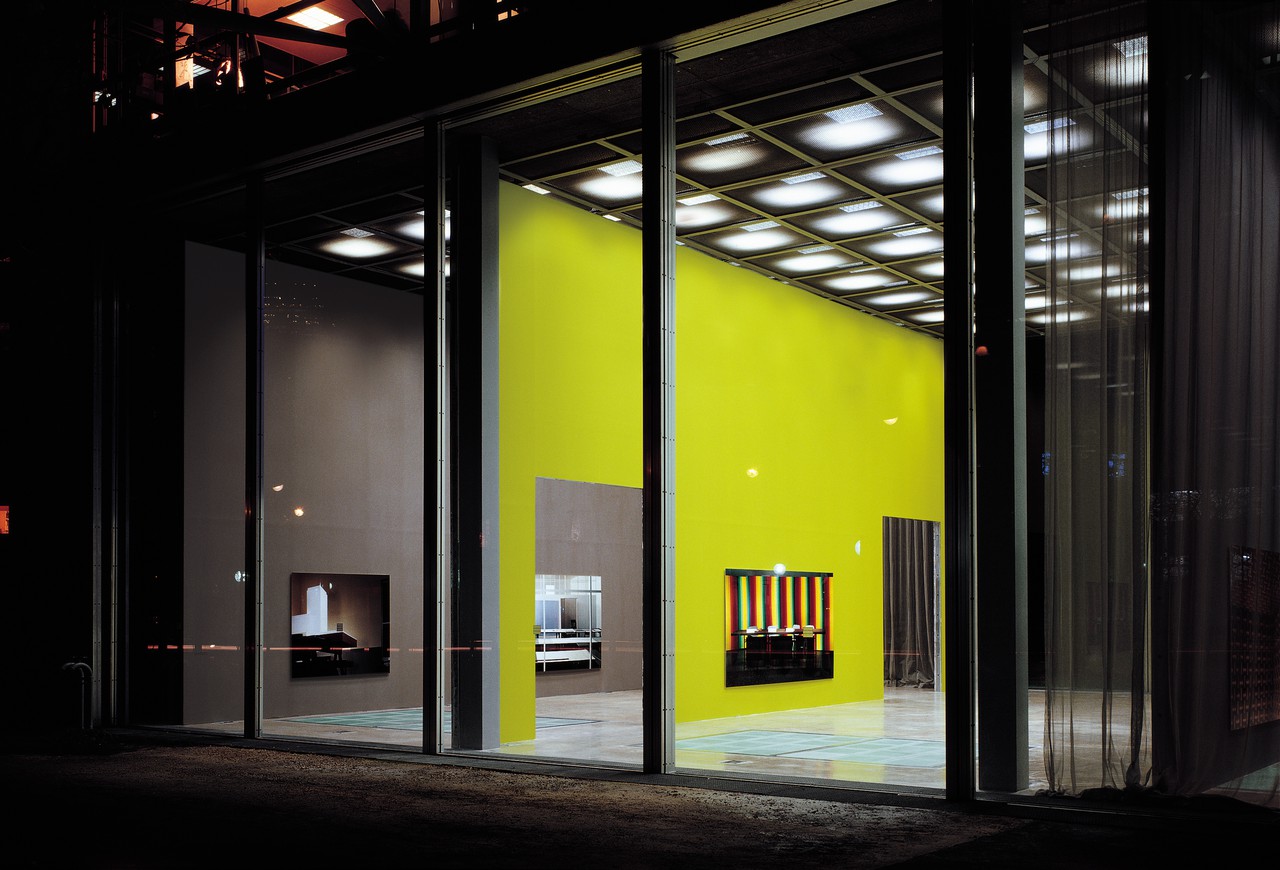
Thomas Demand, Fondation Cartier
Fondation Cartier pour l’art contemporain
Paris, France
2000–2001
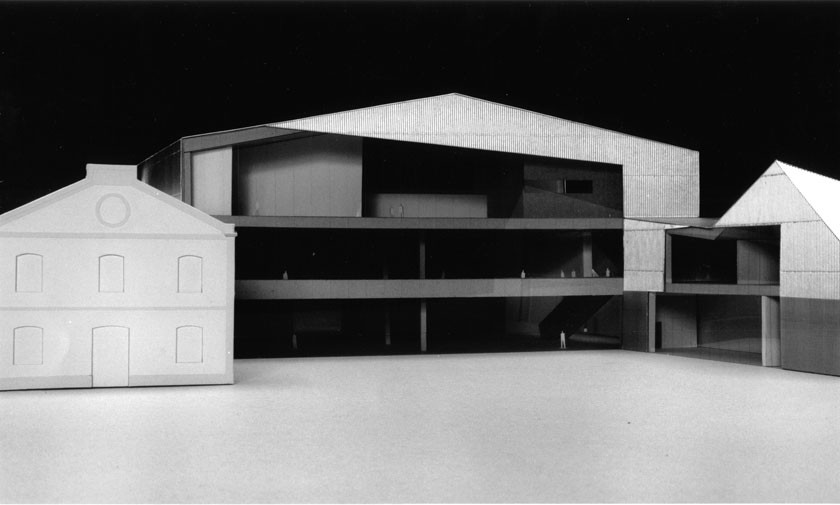
Rome Centre for Contemporary Arts
Rome, Italy
1999
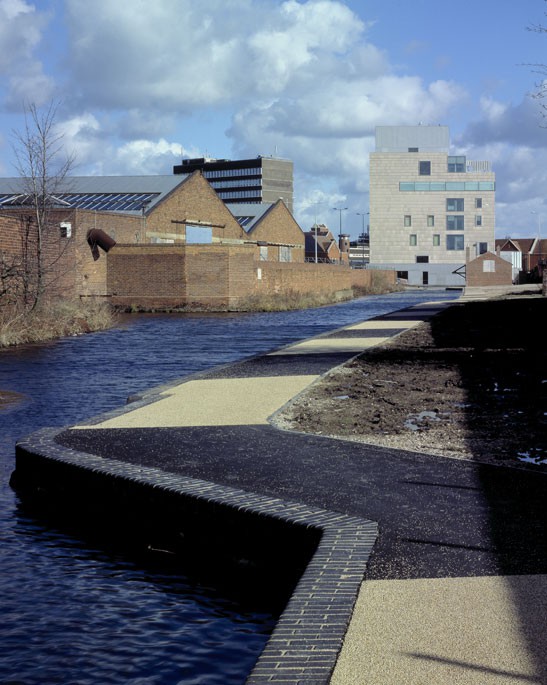
New Art Gallery Walsall
Walsall, United Kingdom
1995–2000
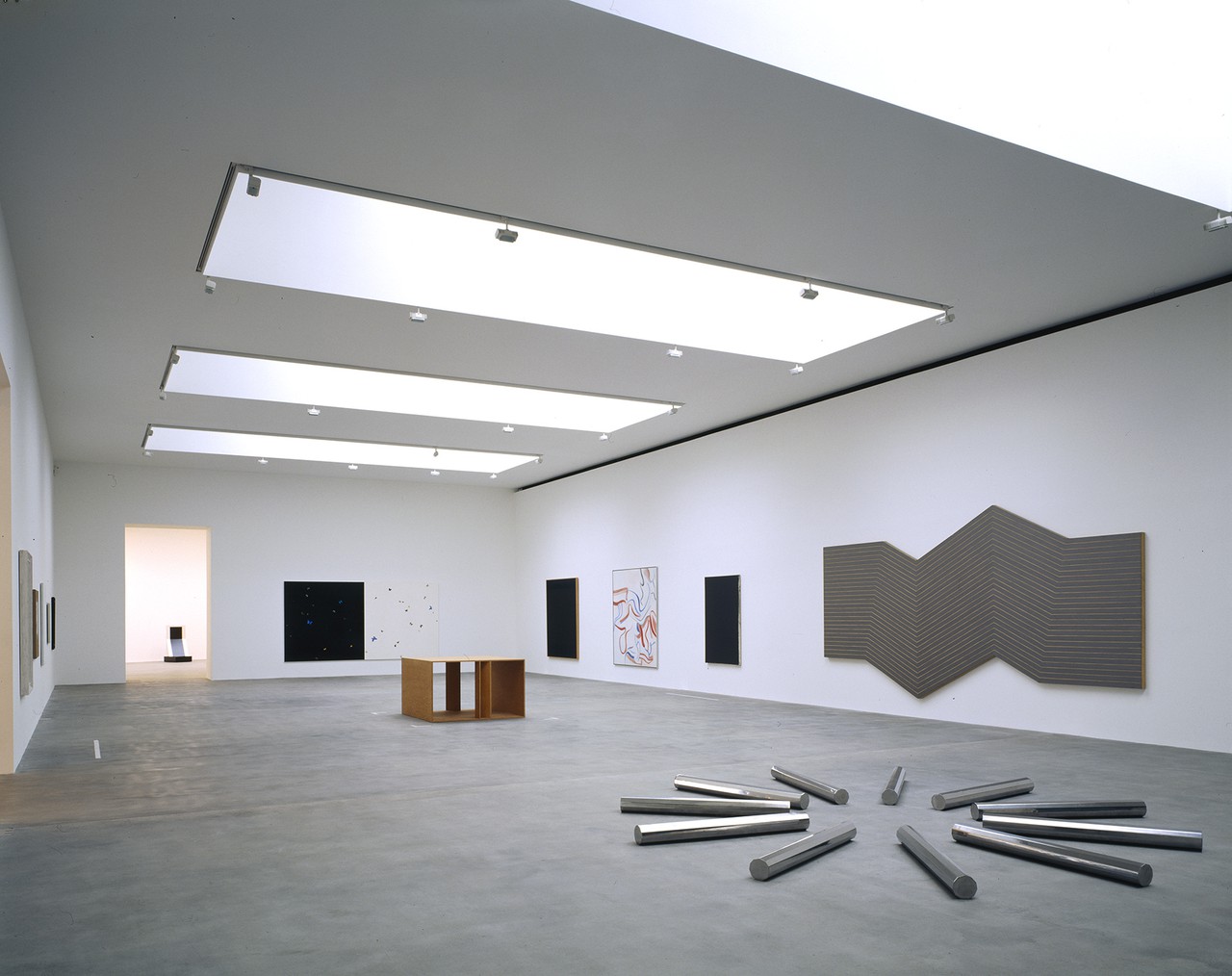
Gagosian Gallery
1999–present
